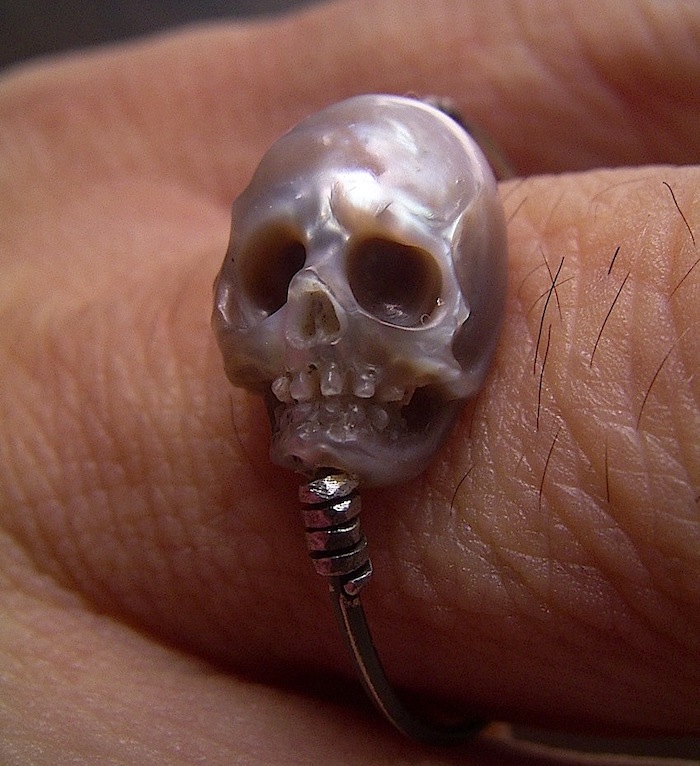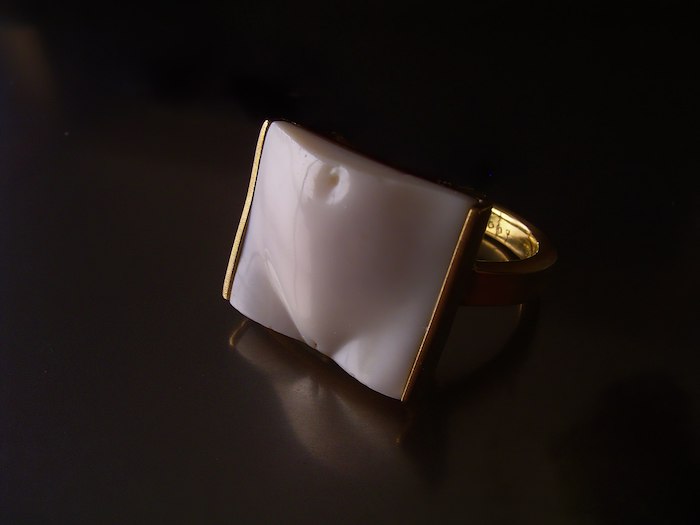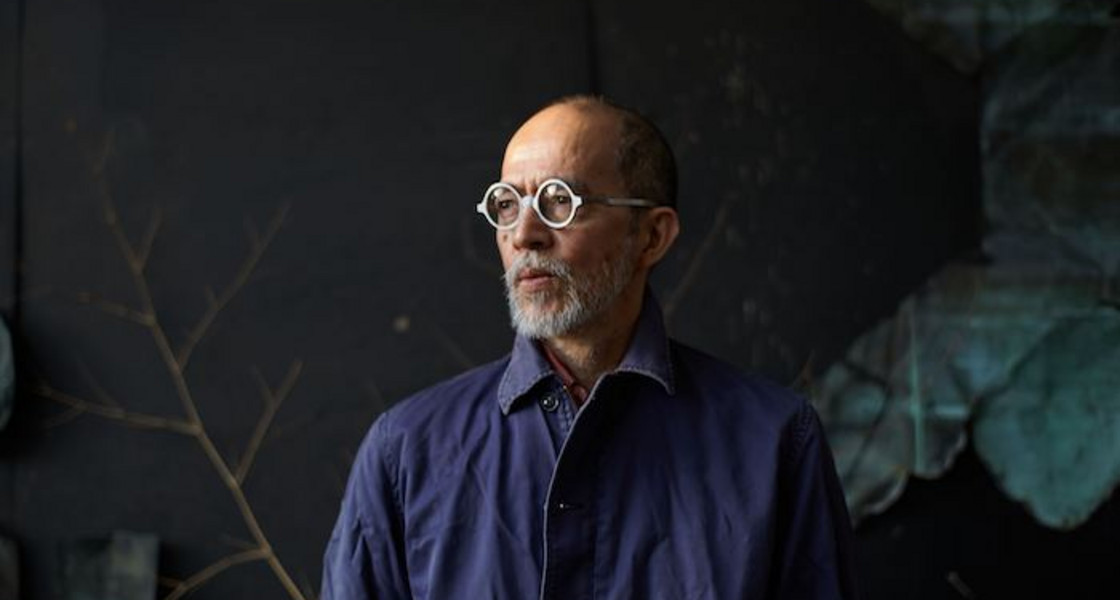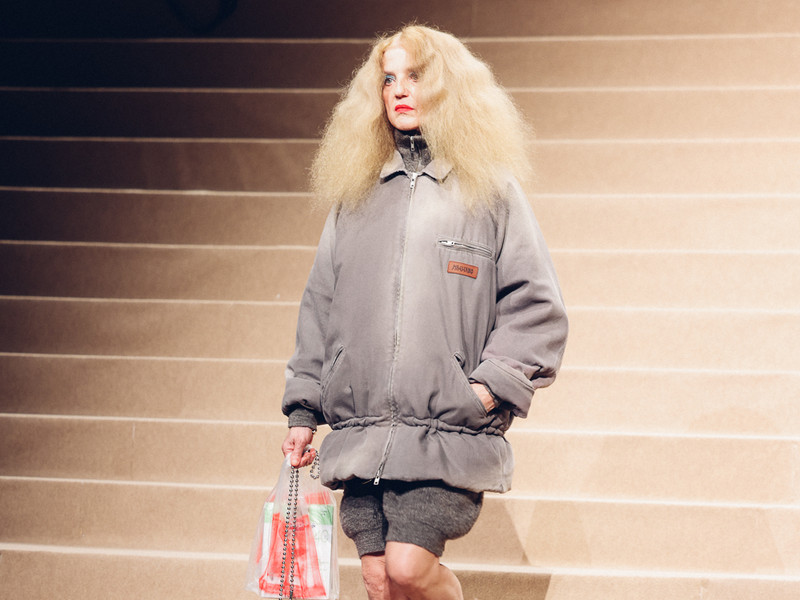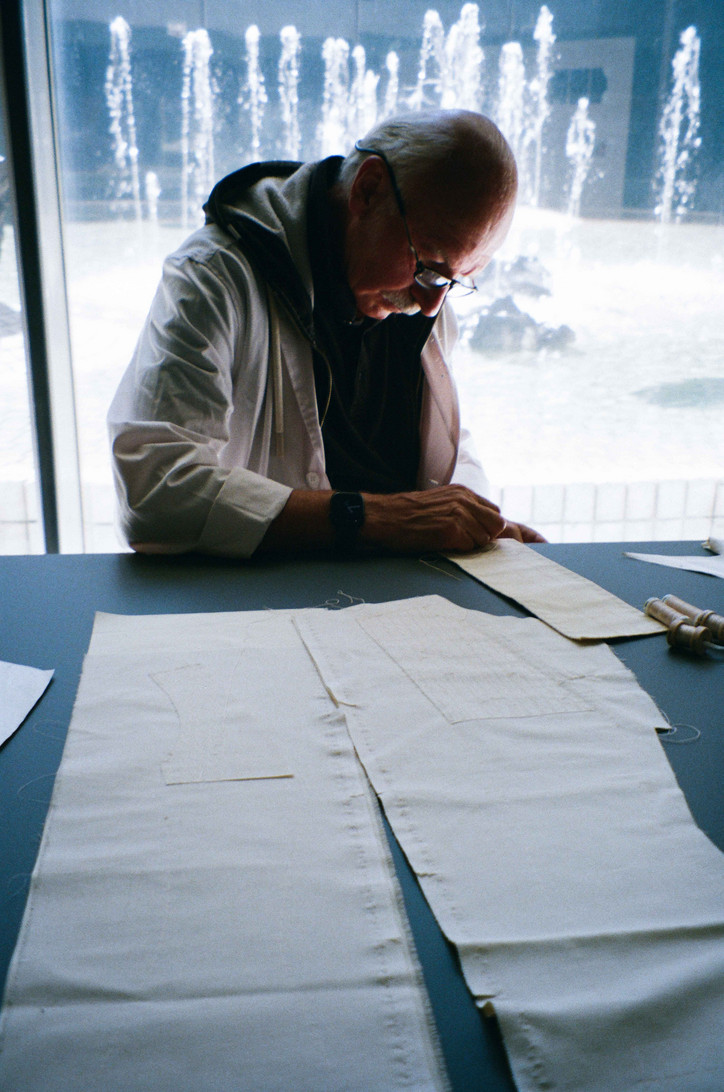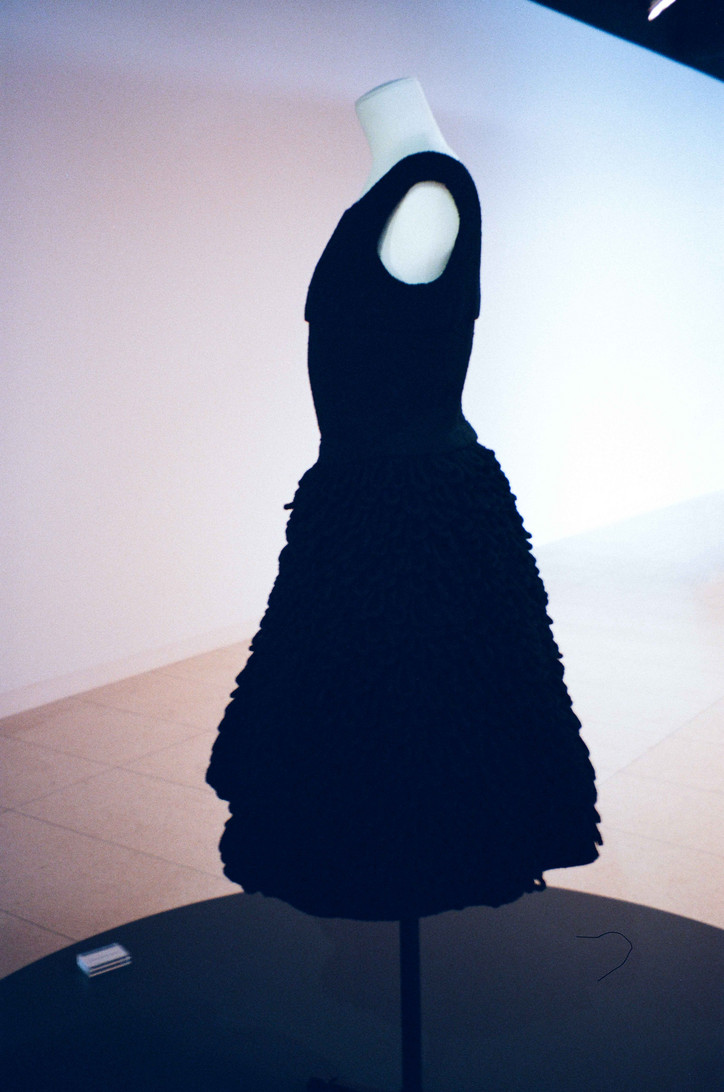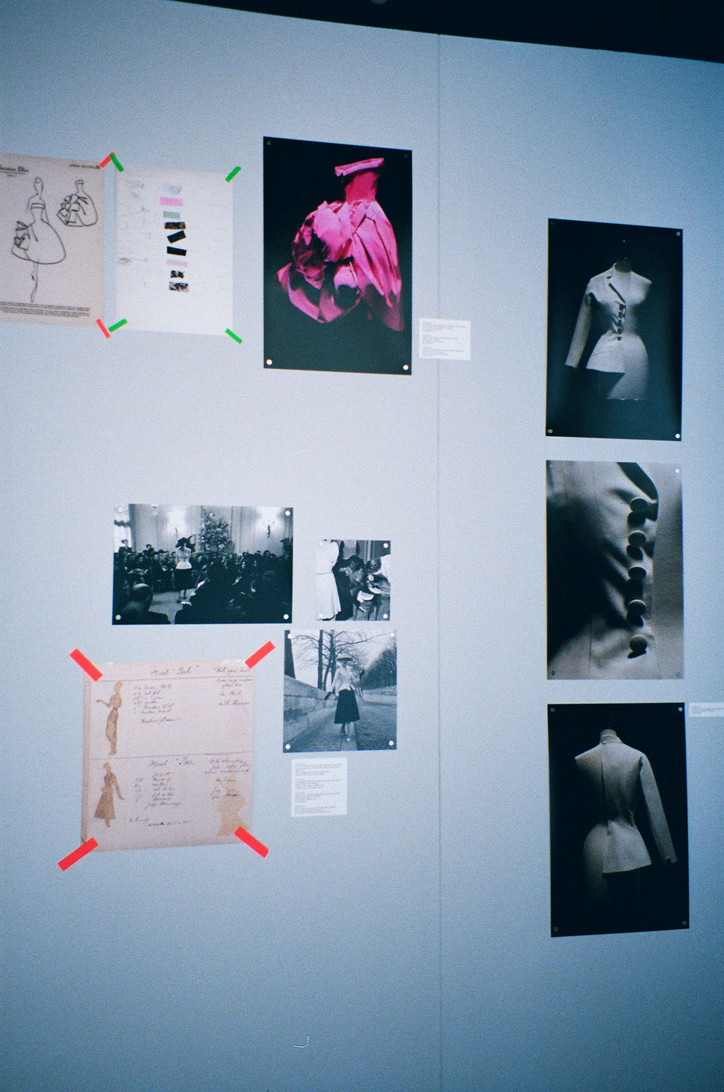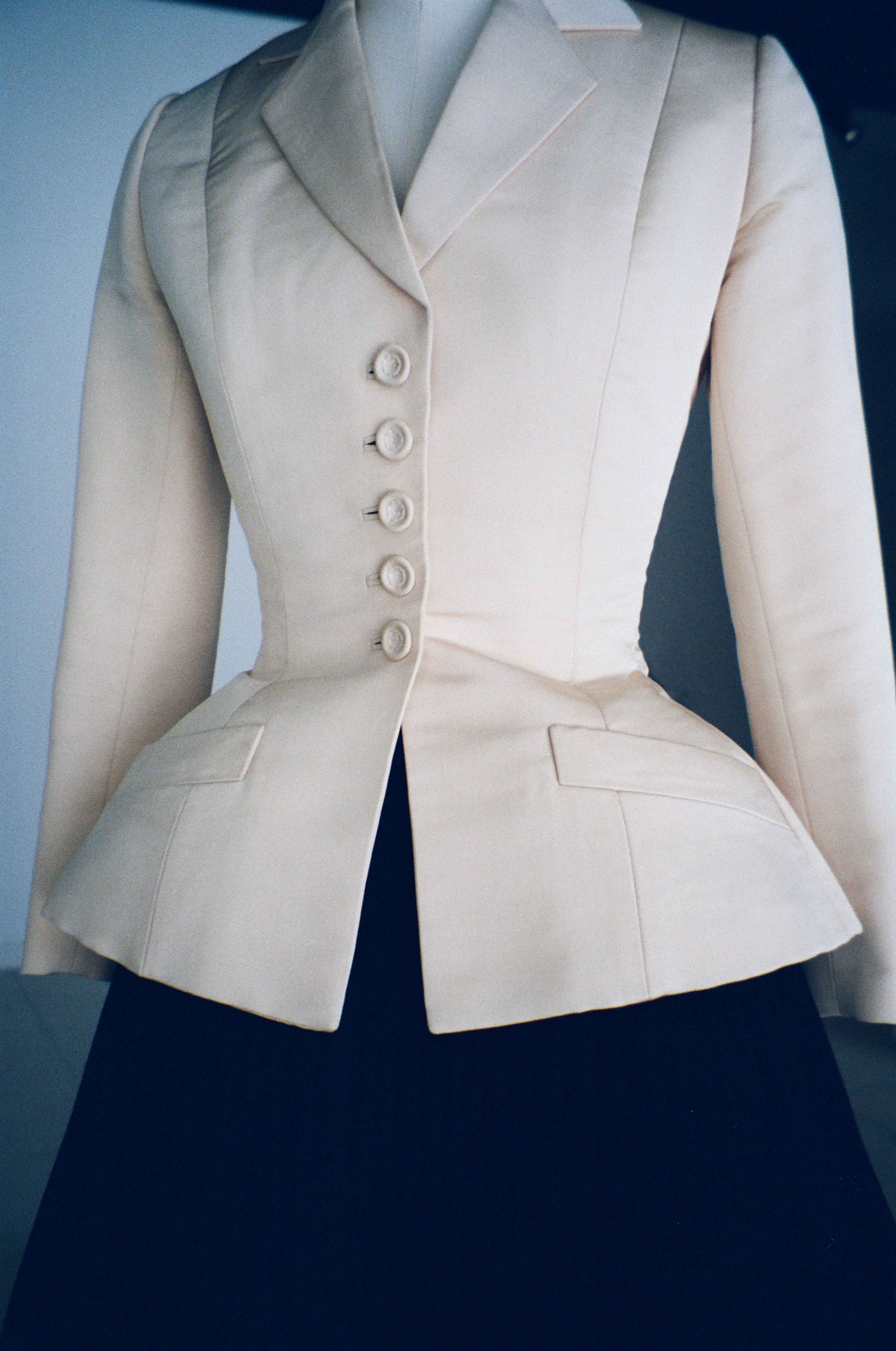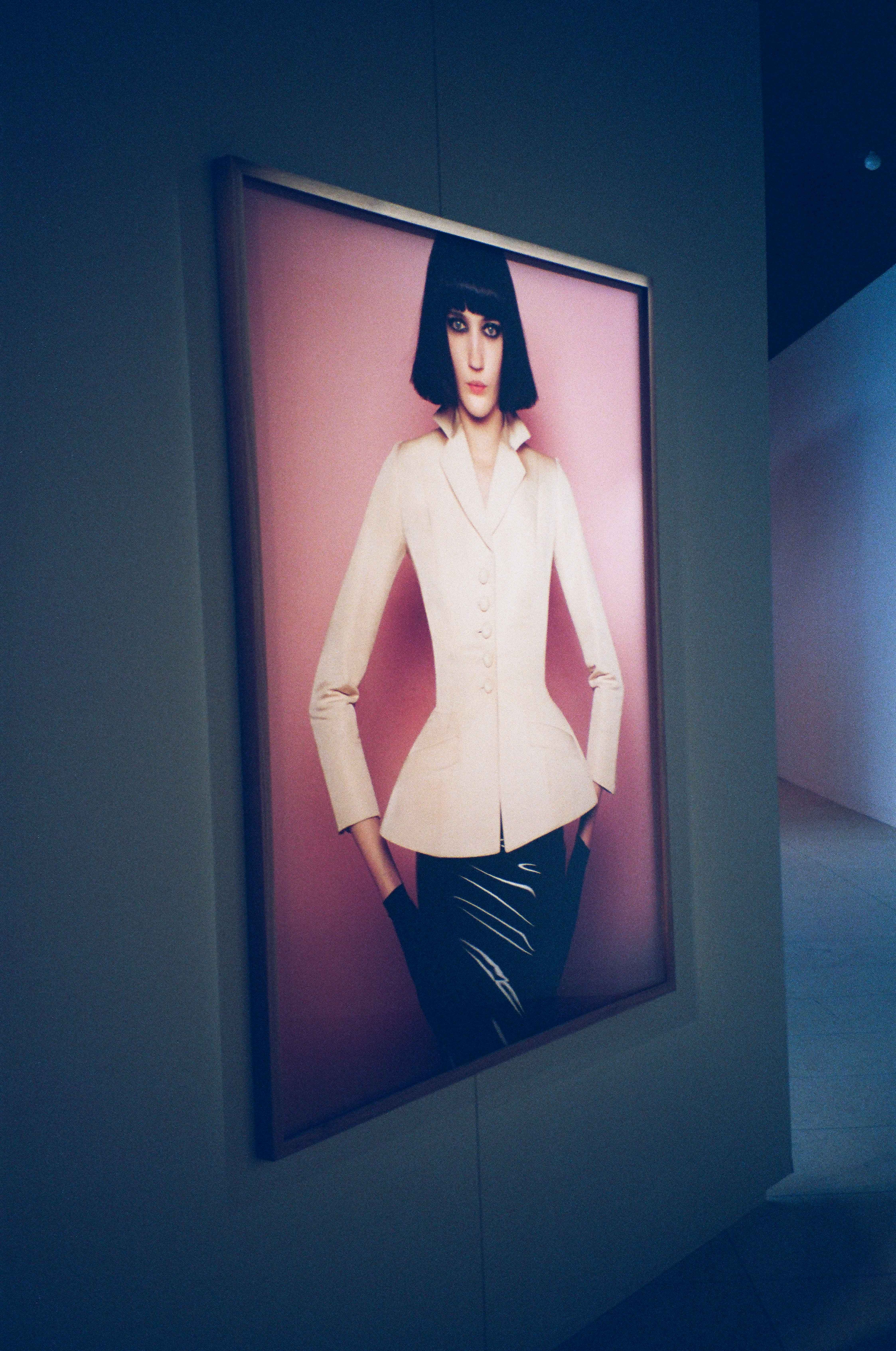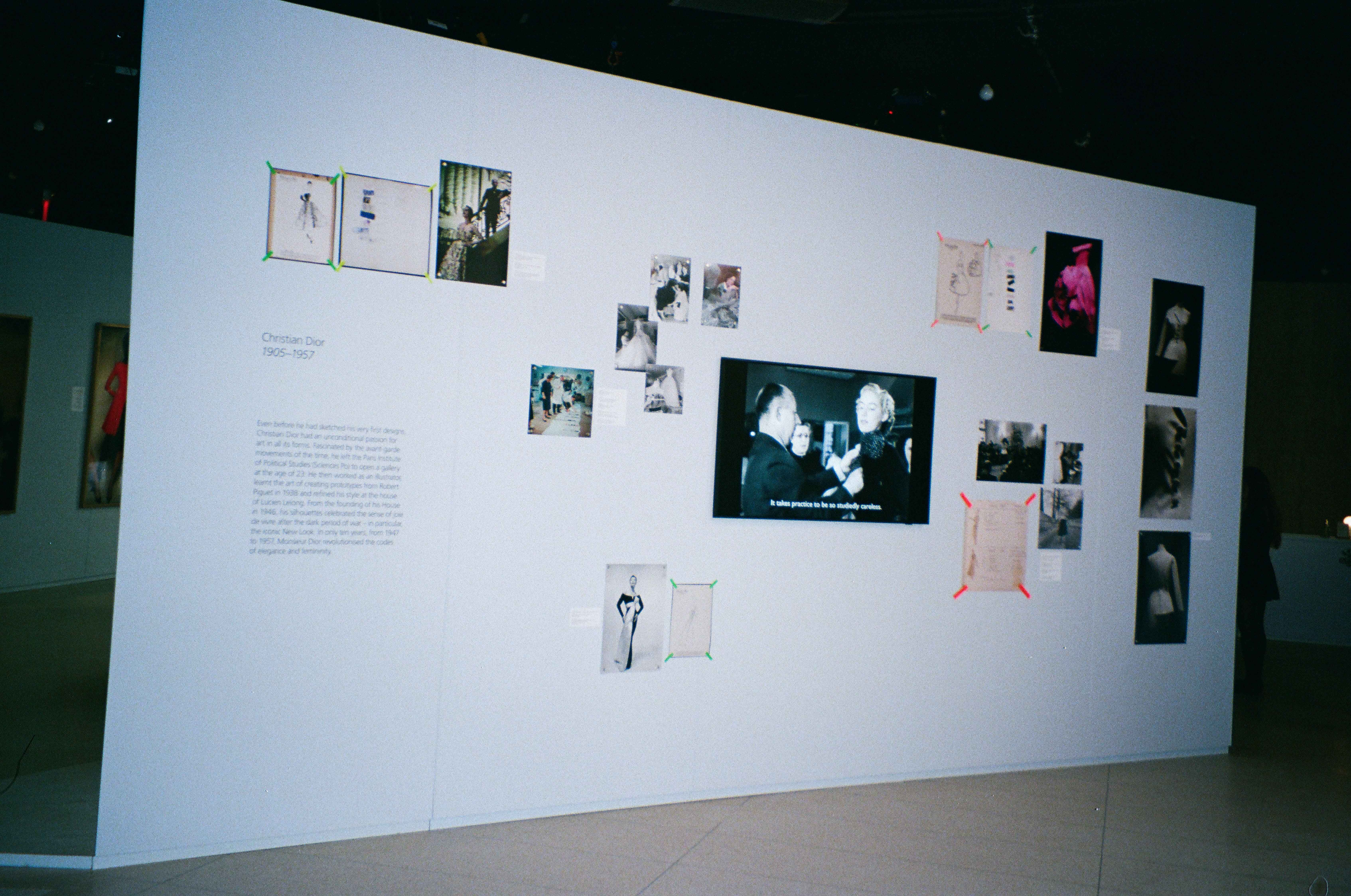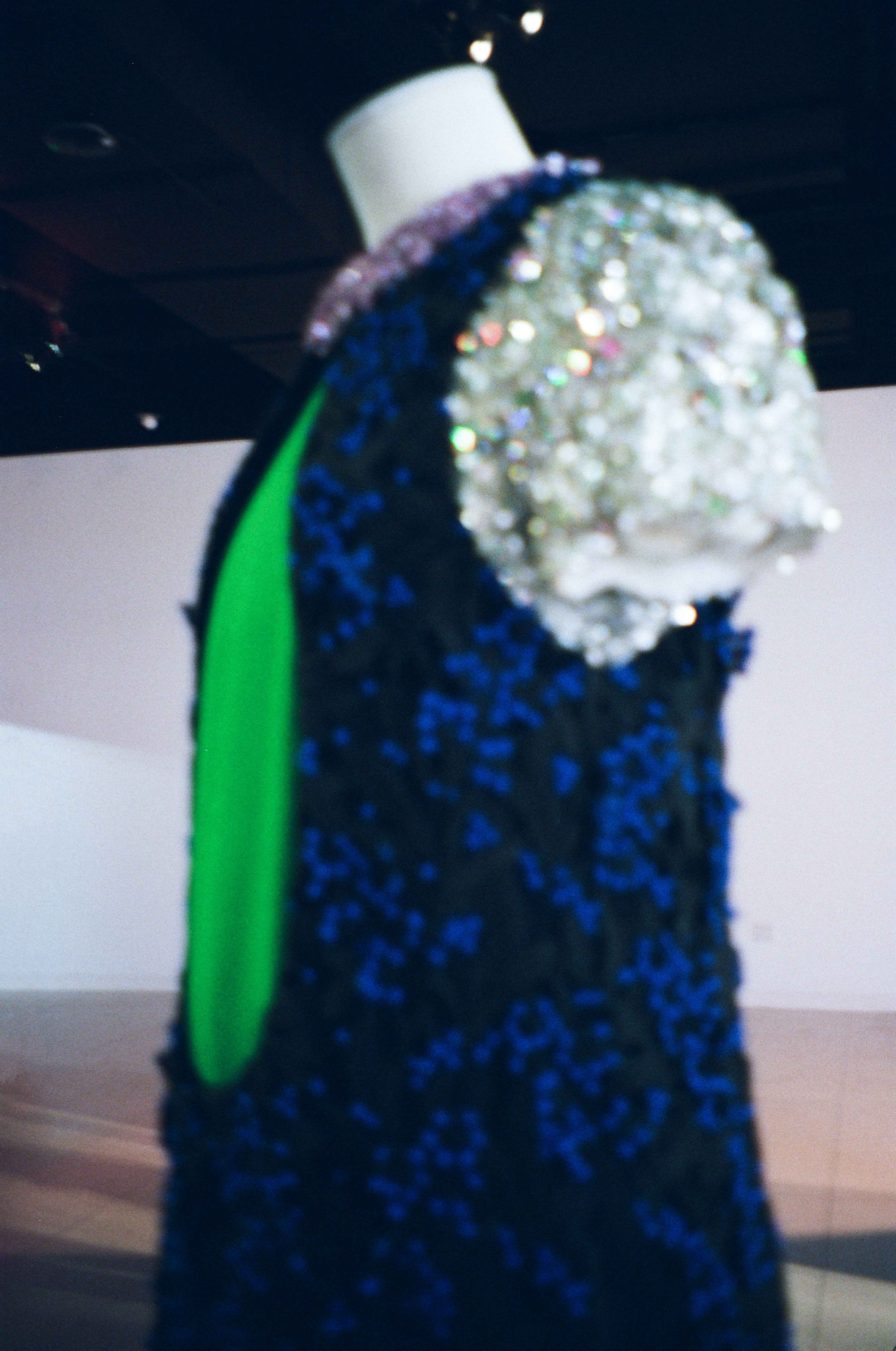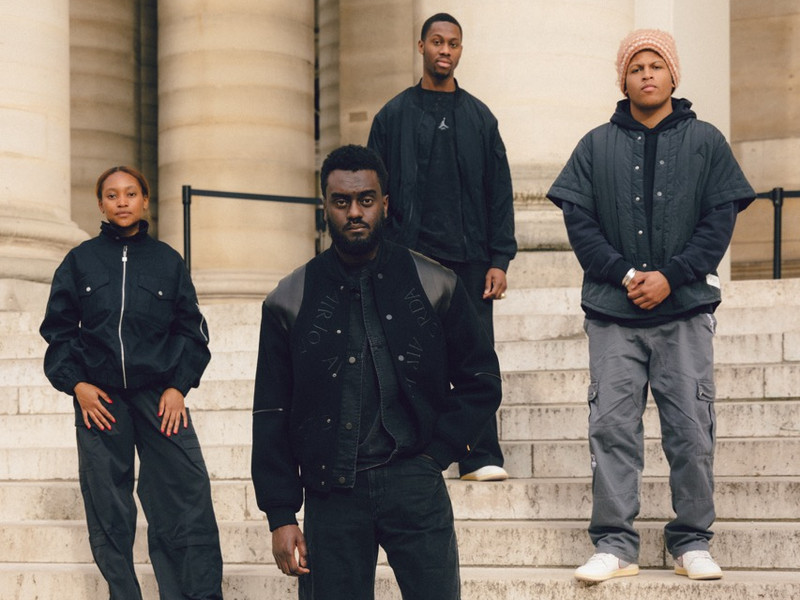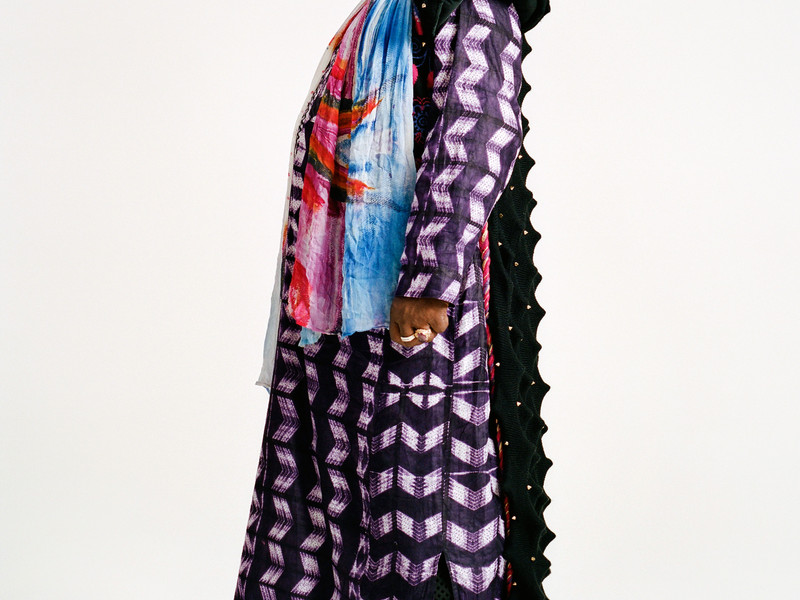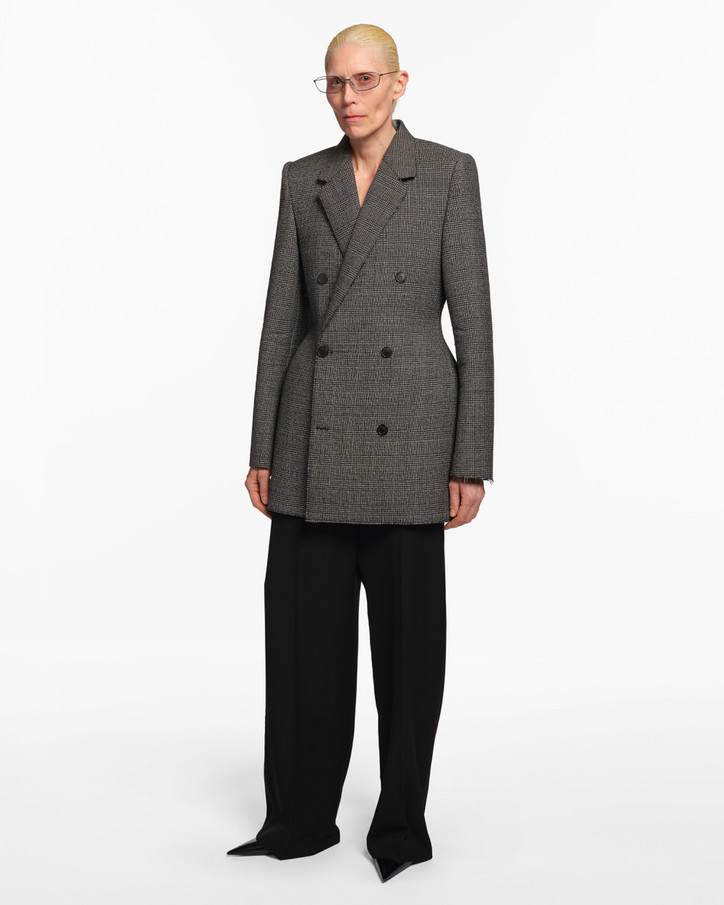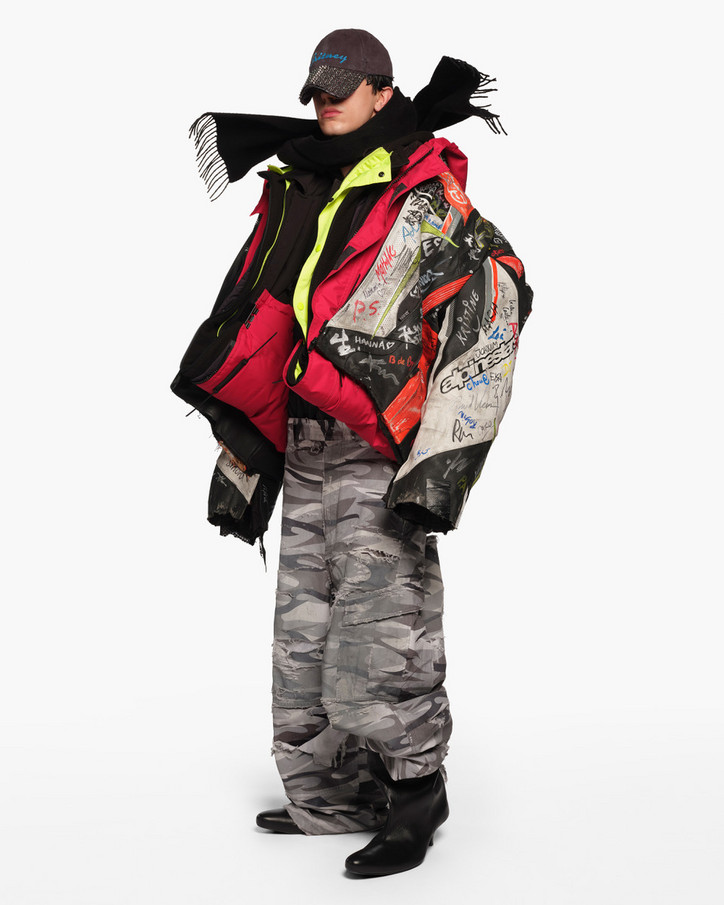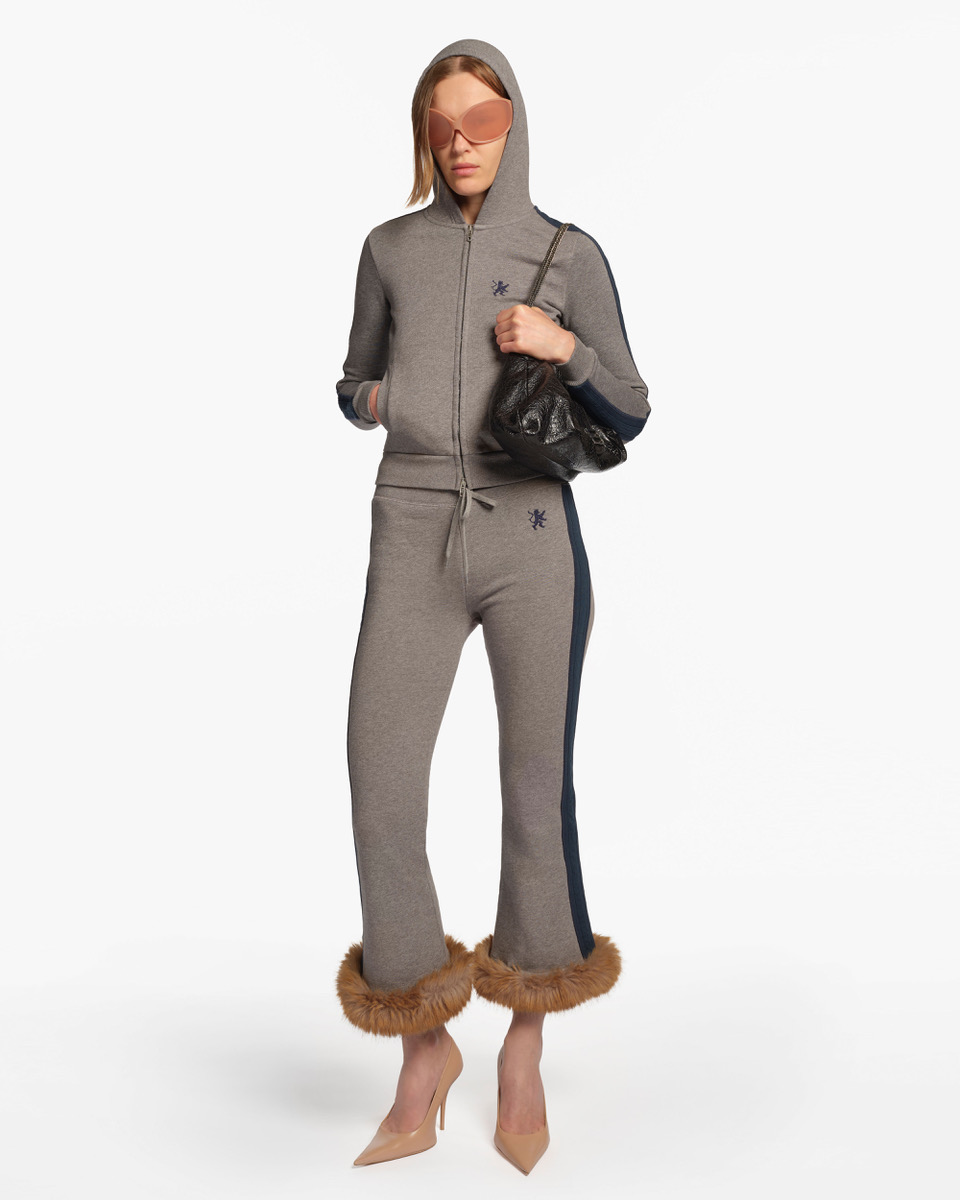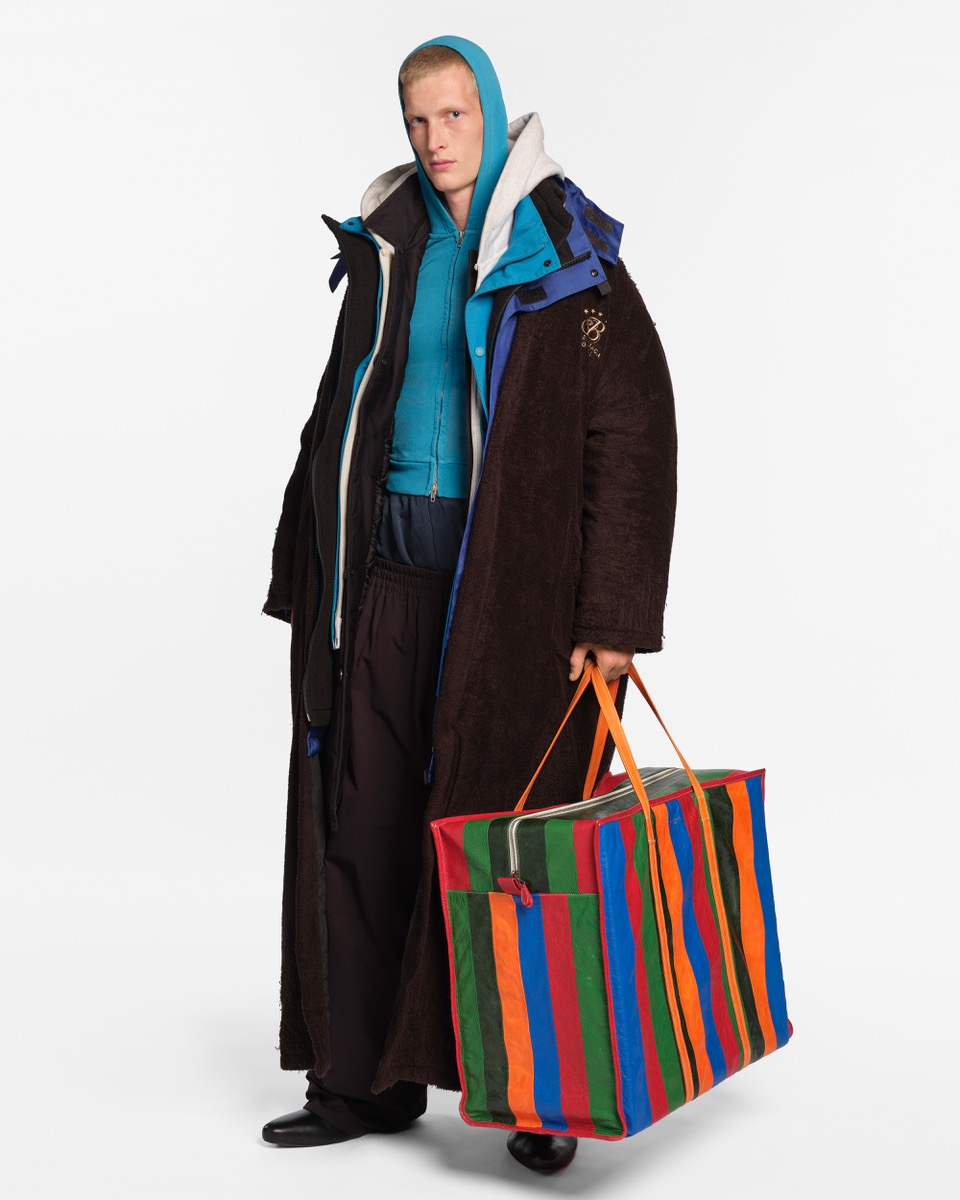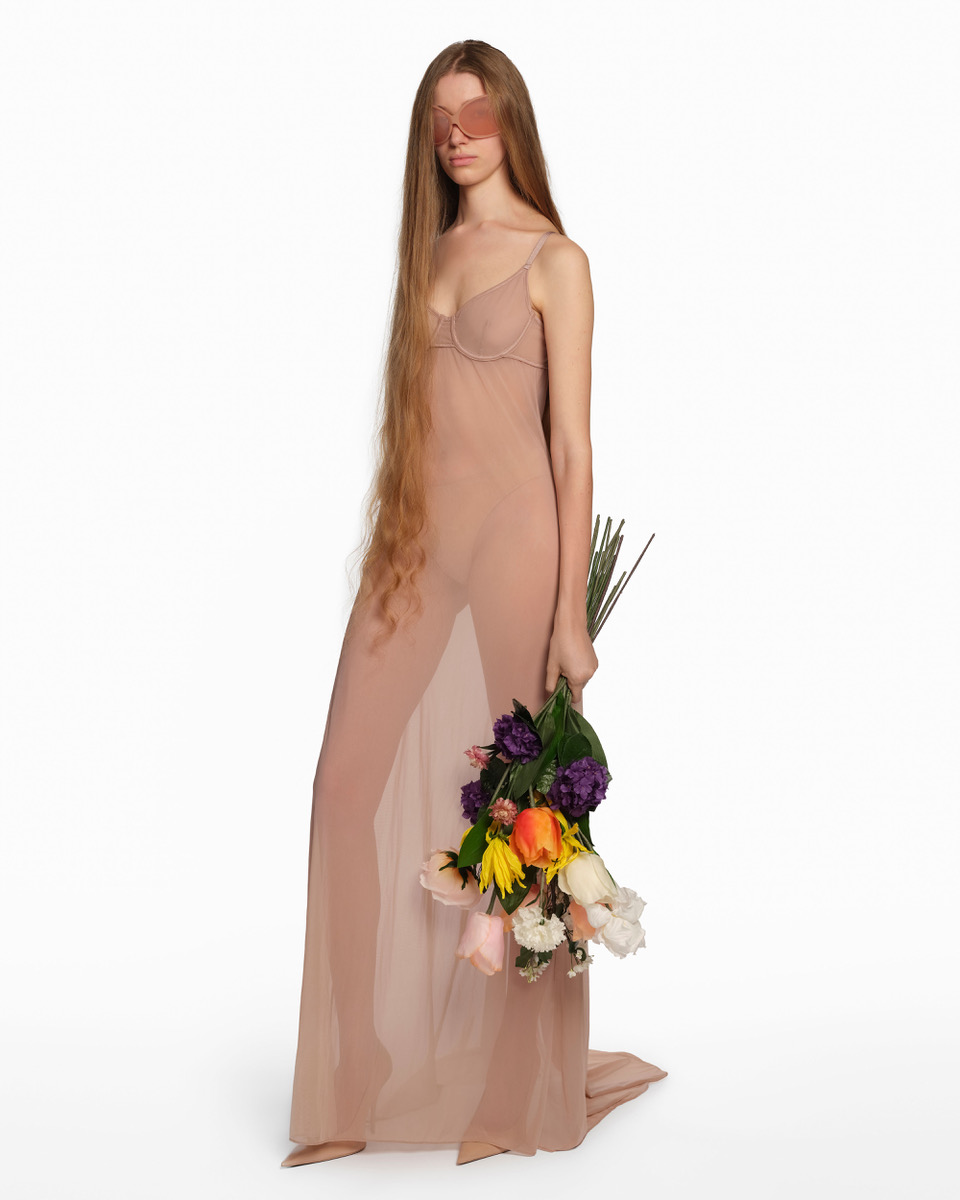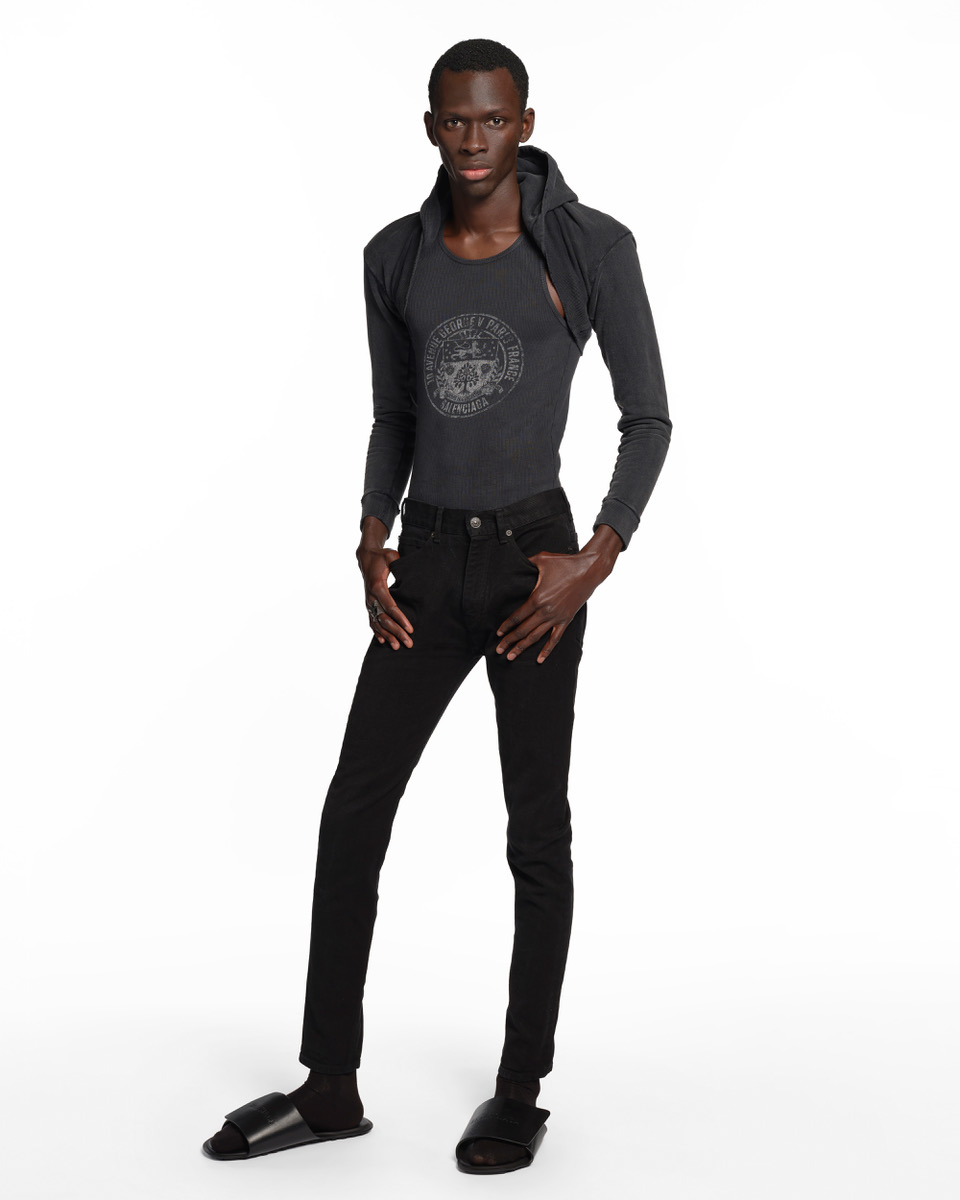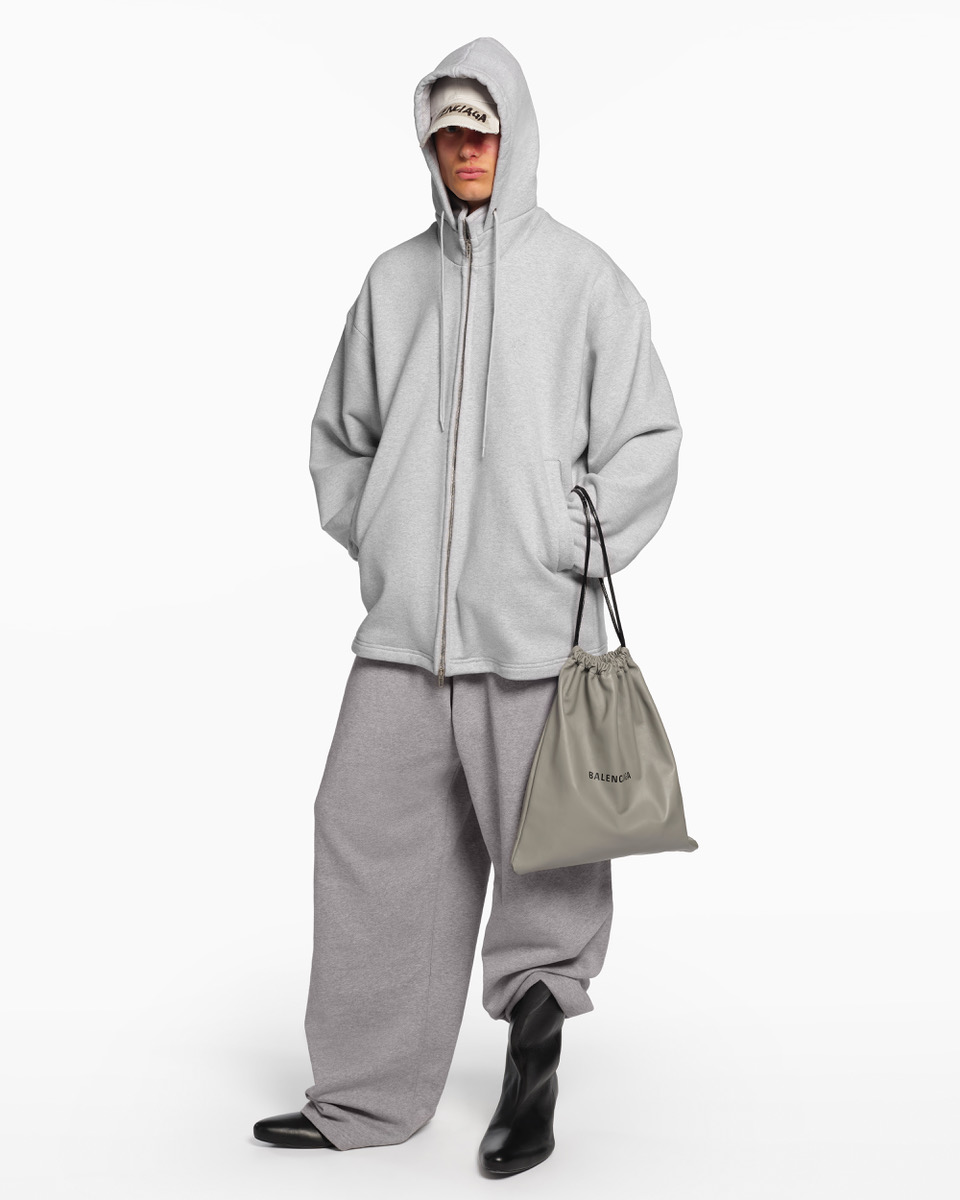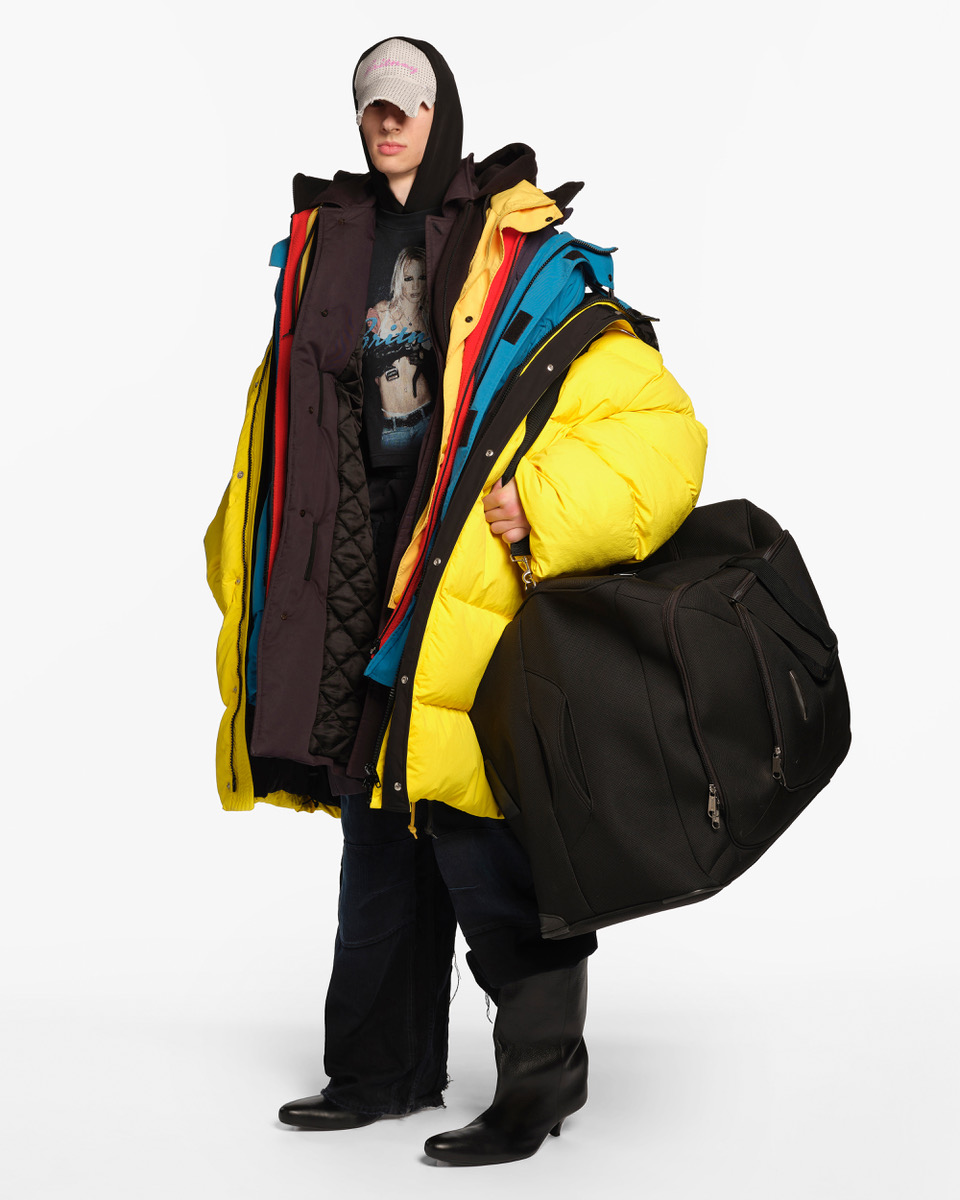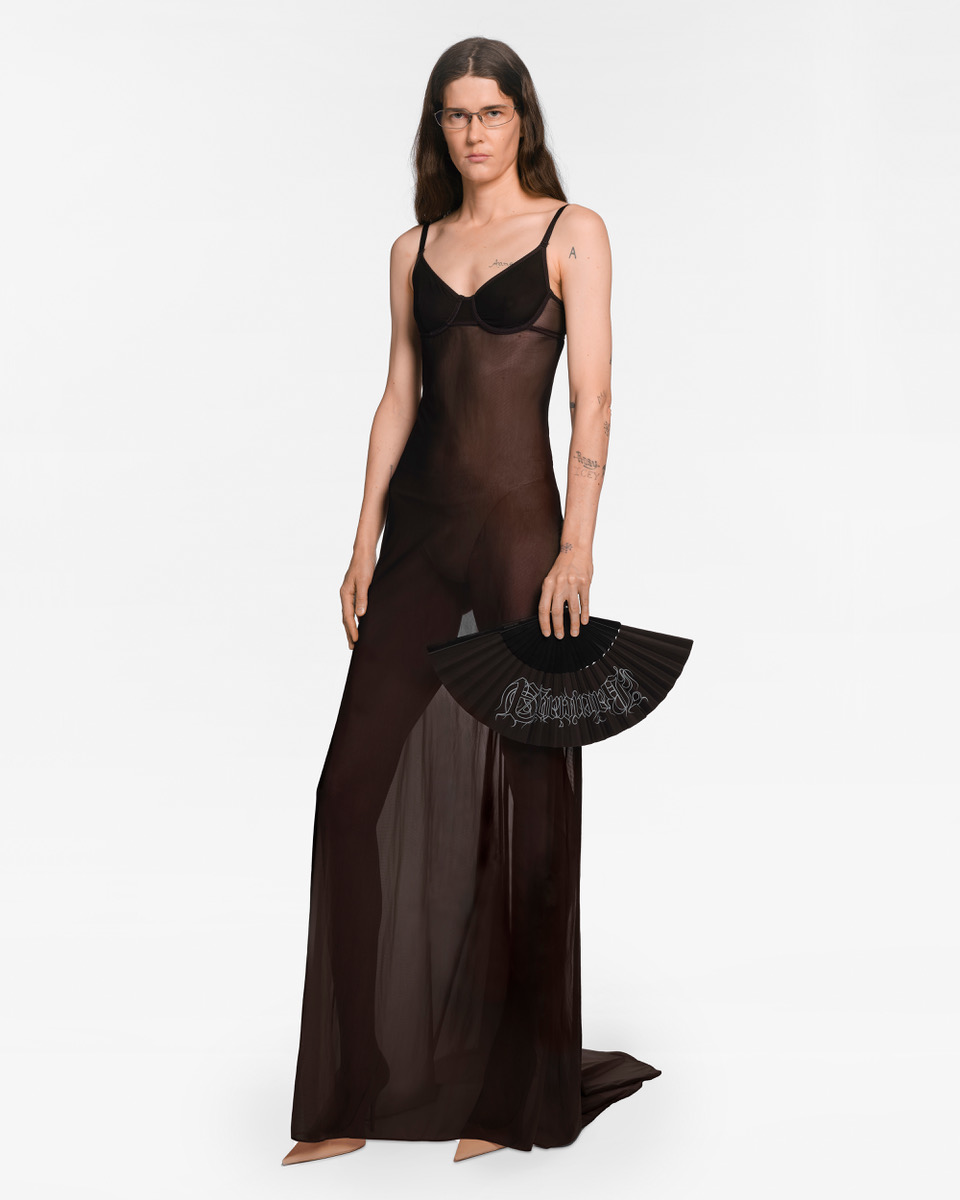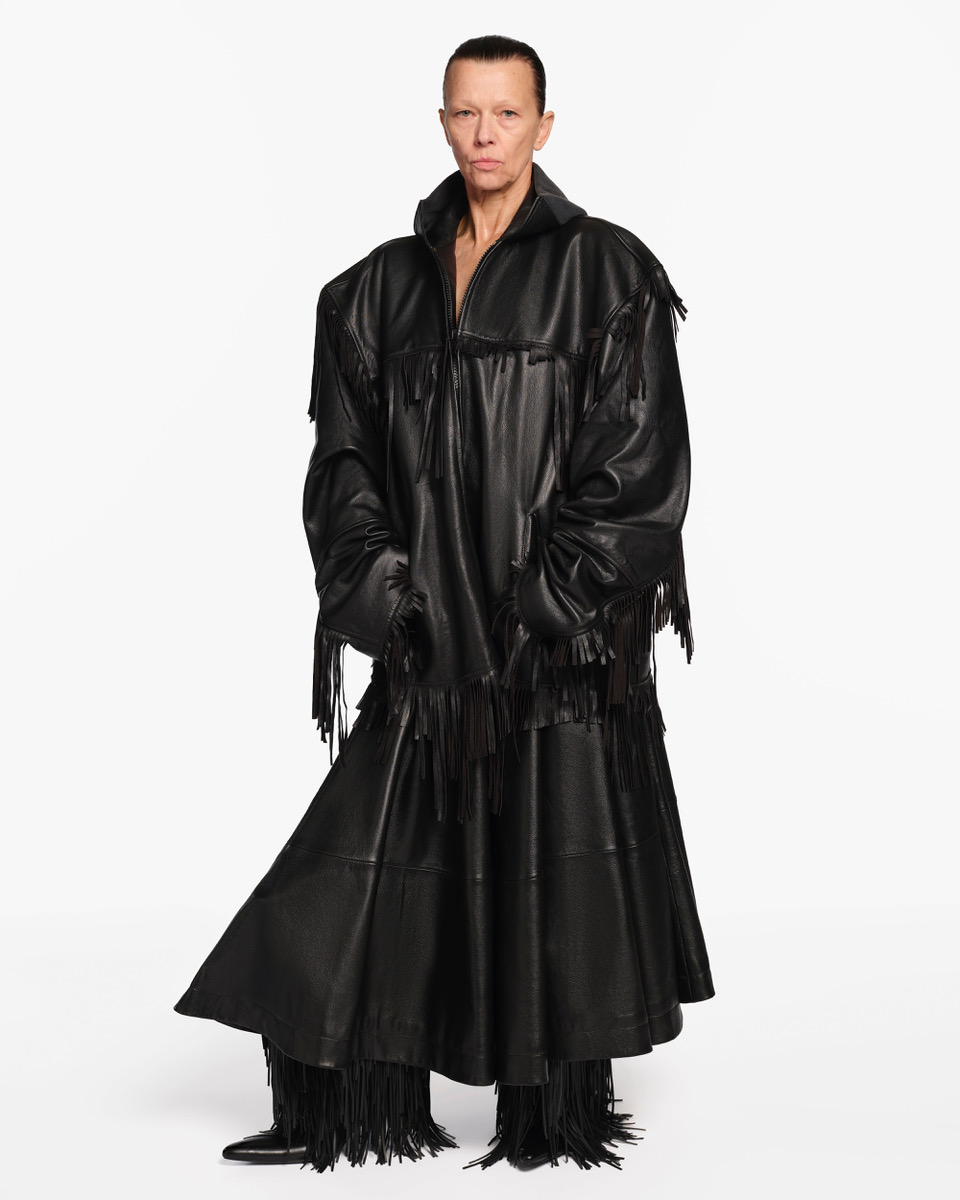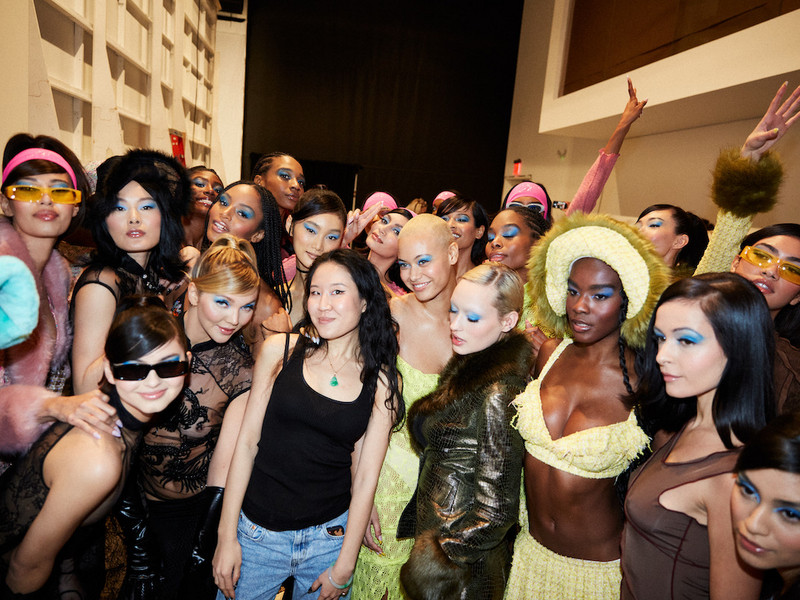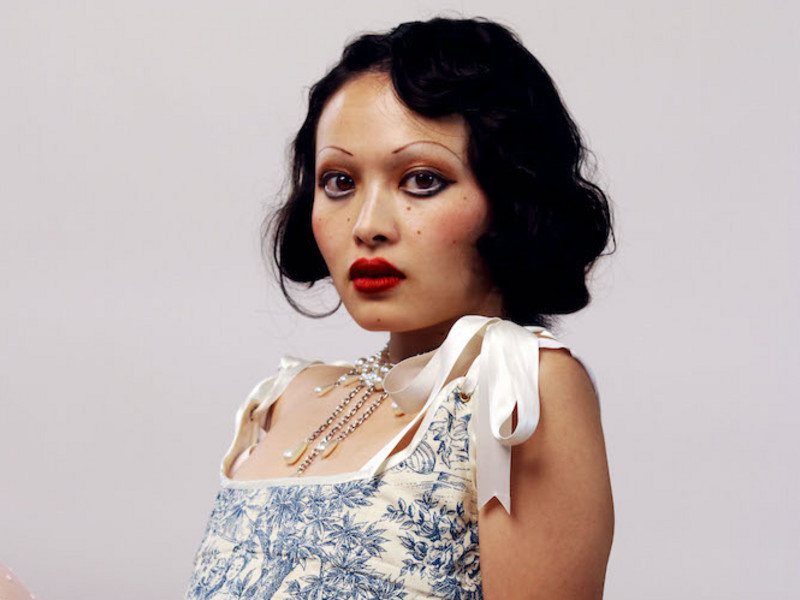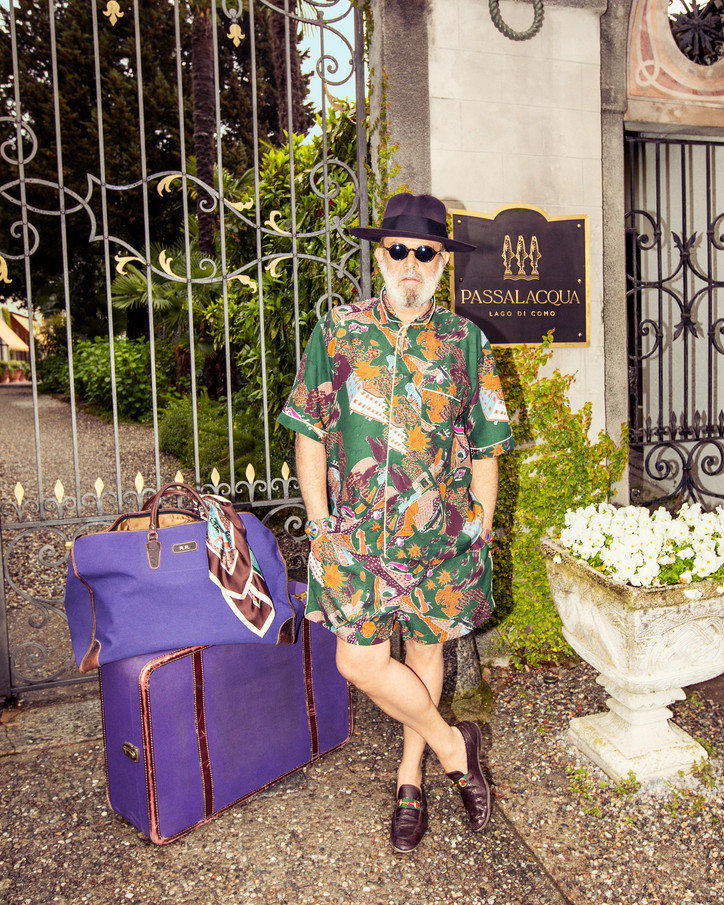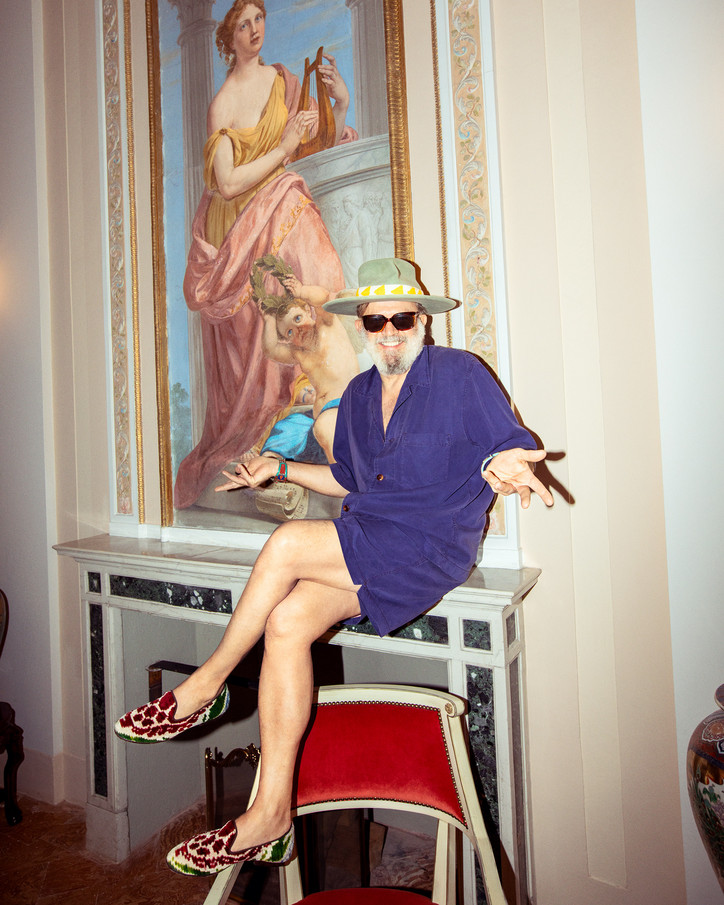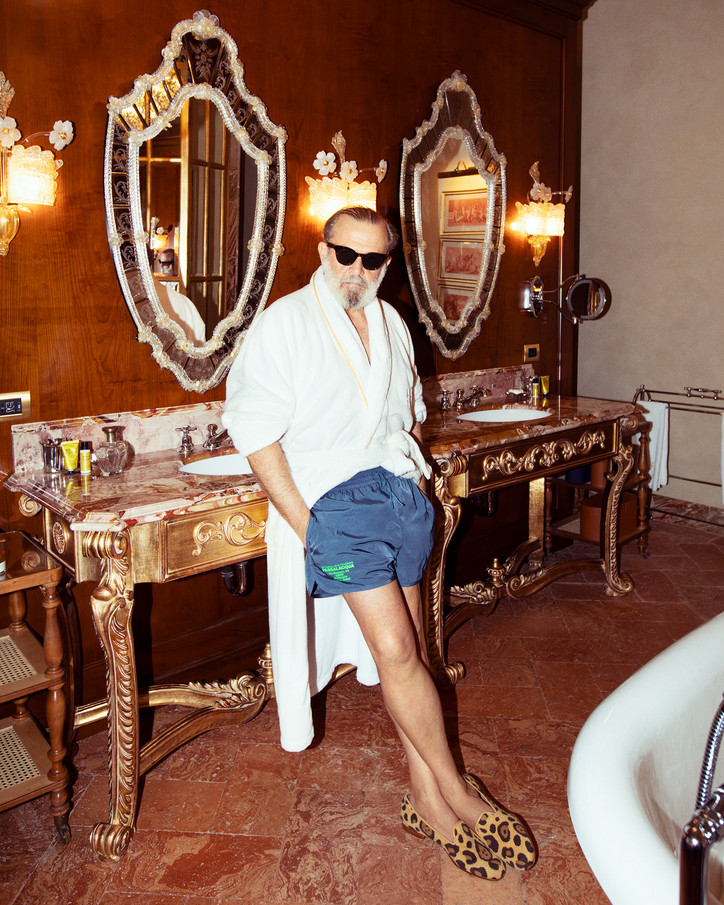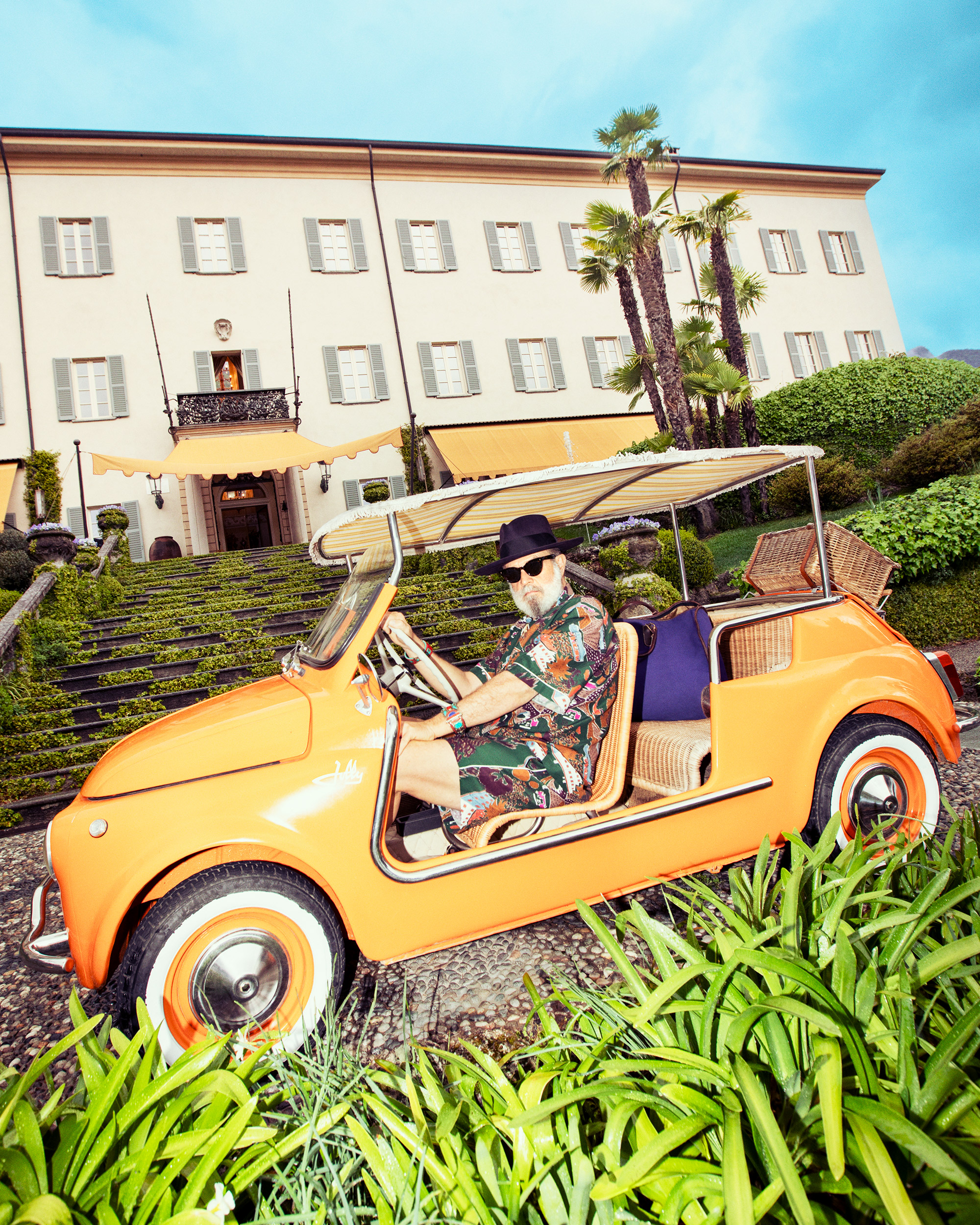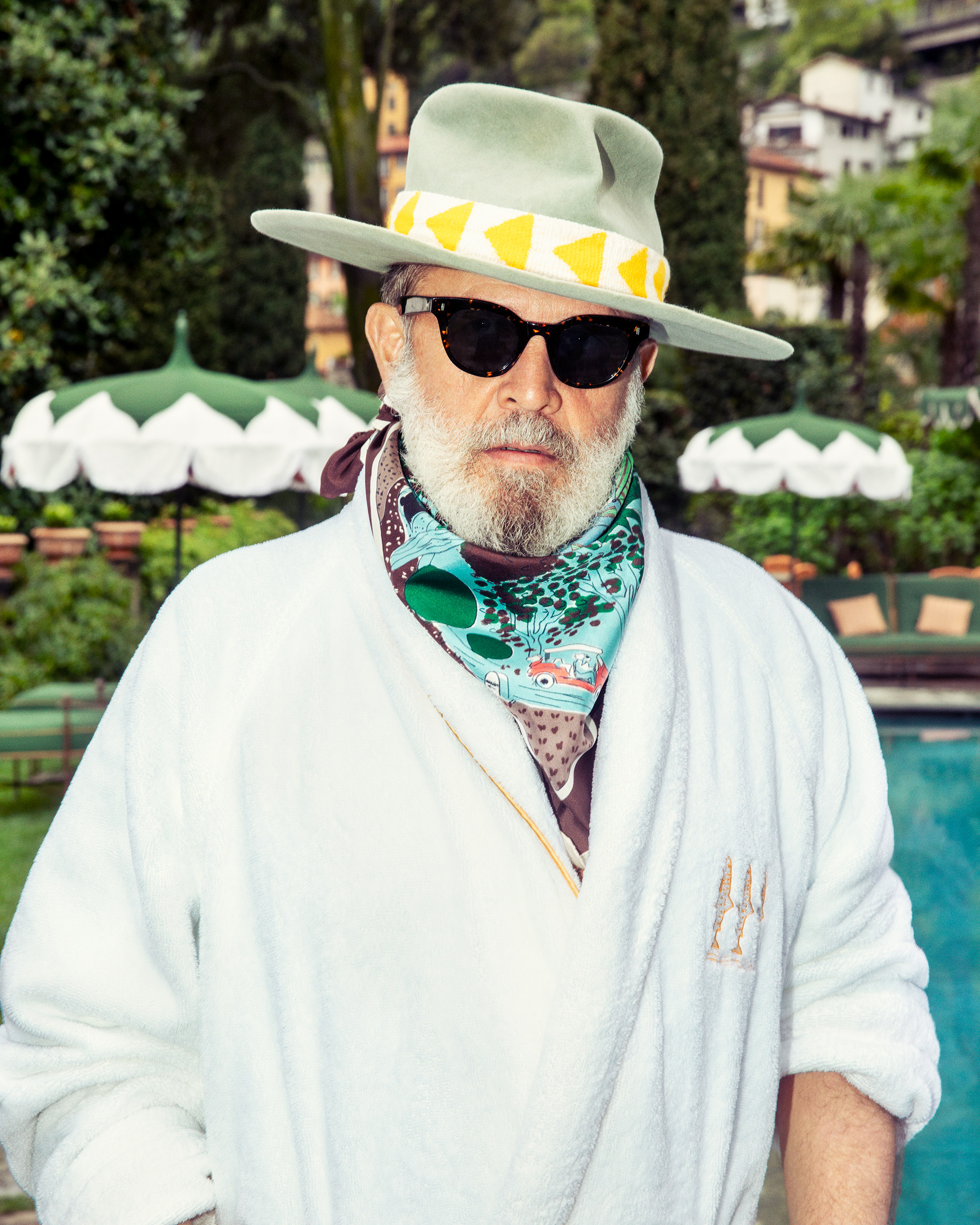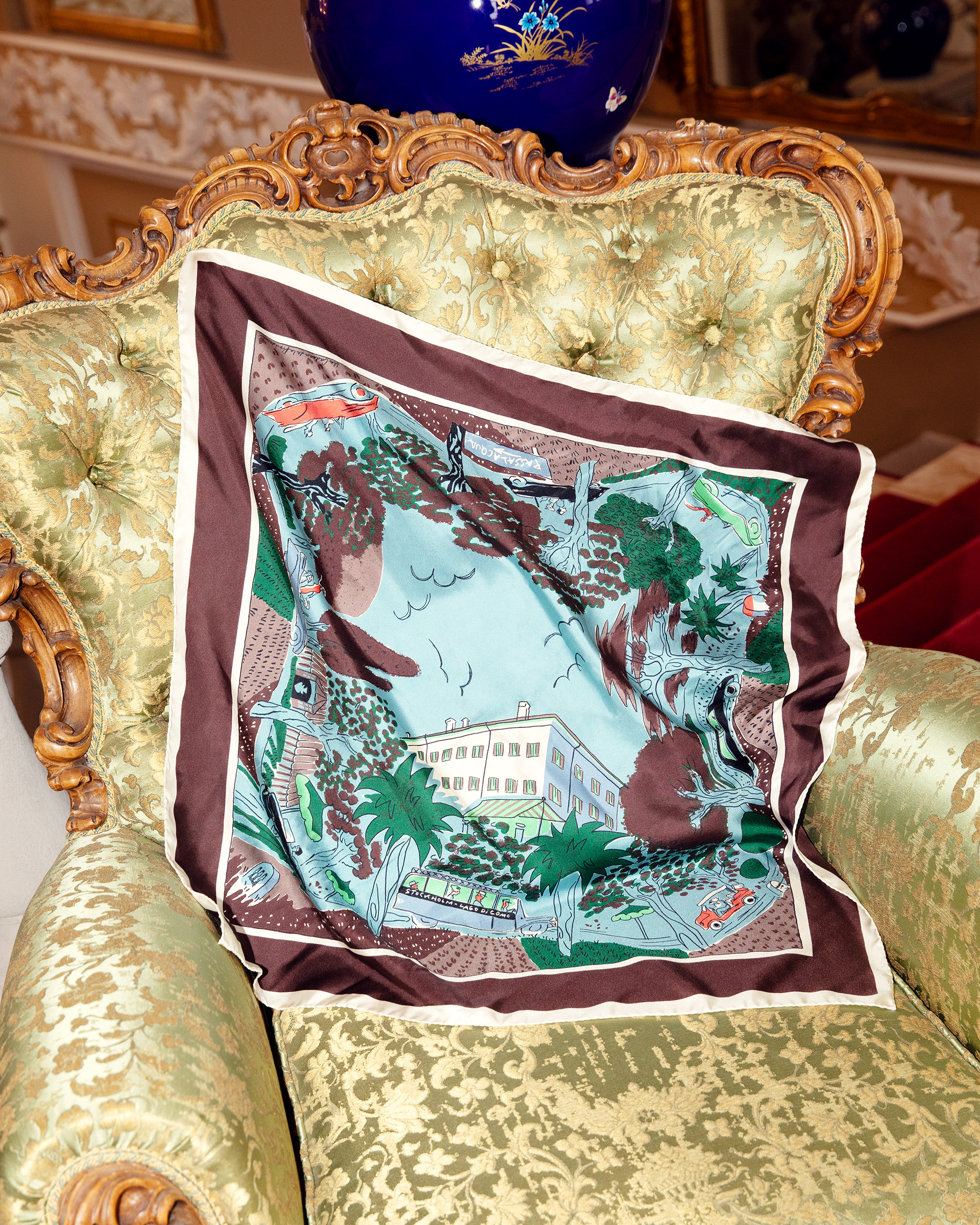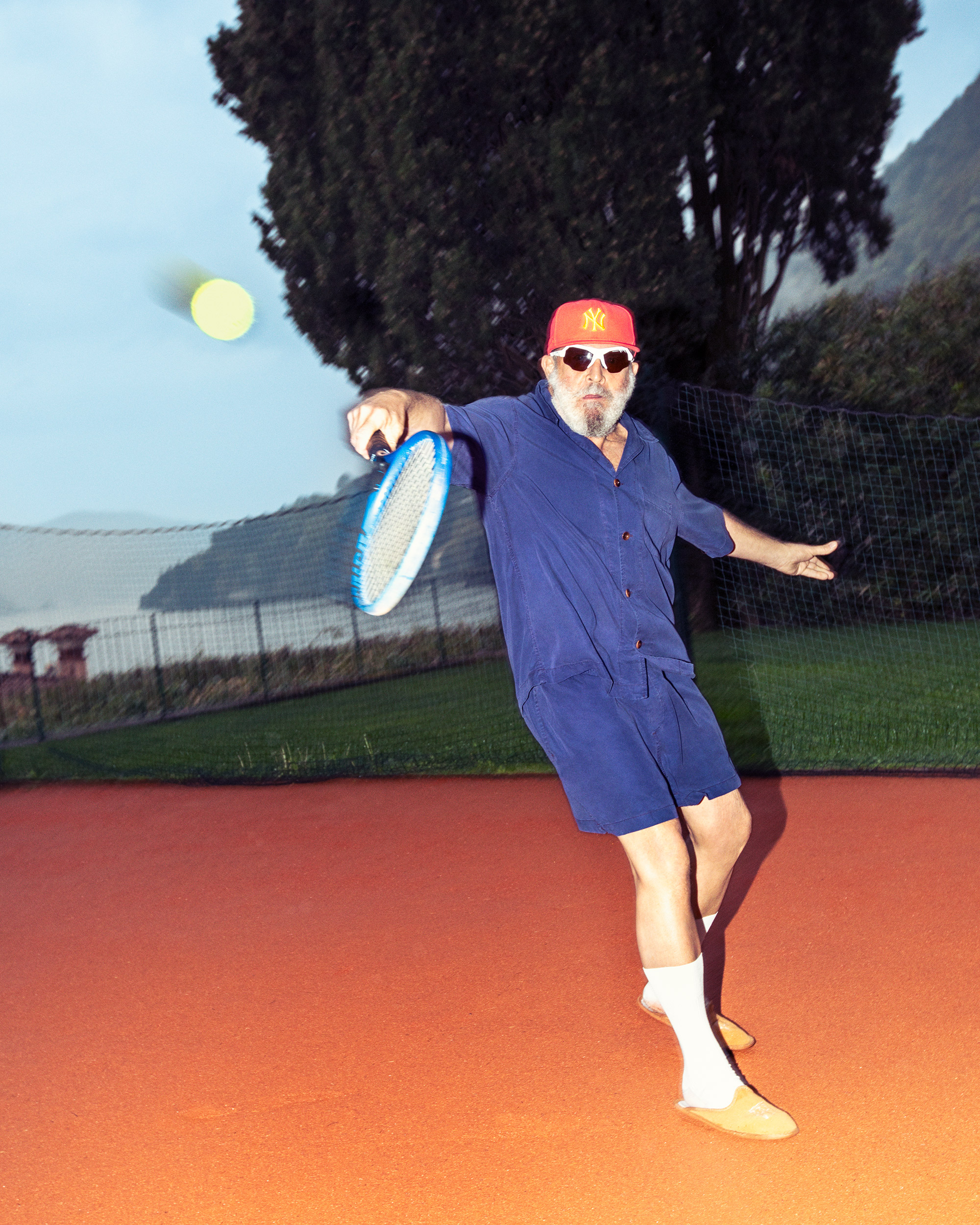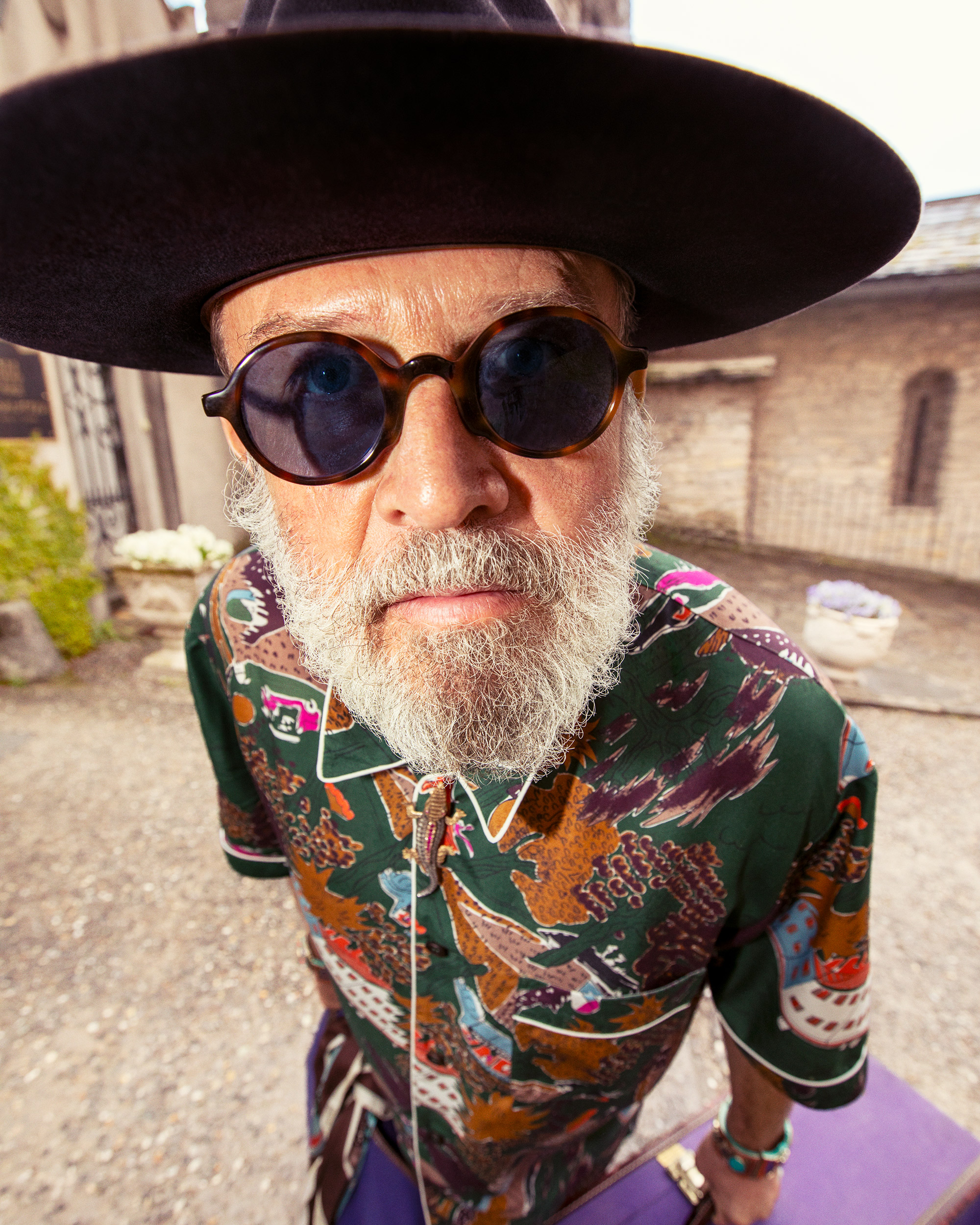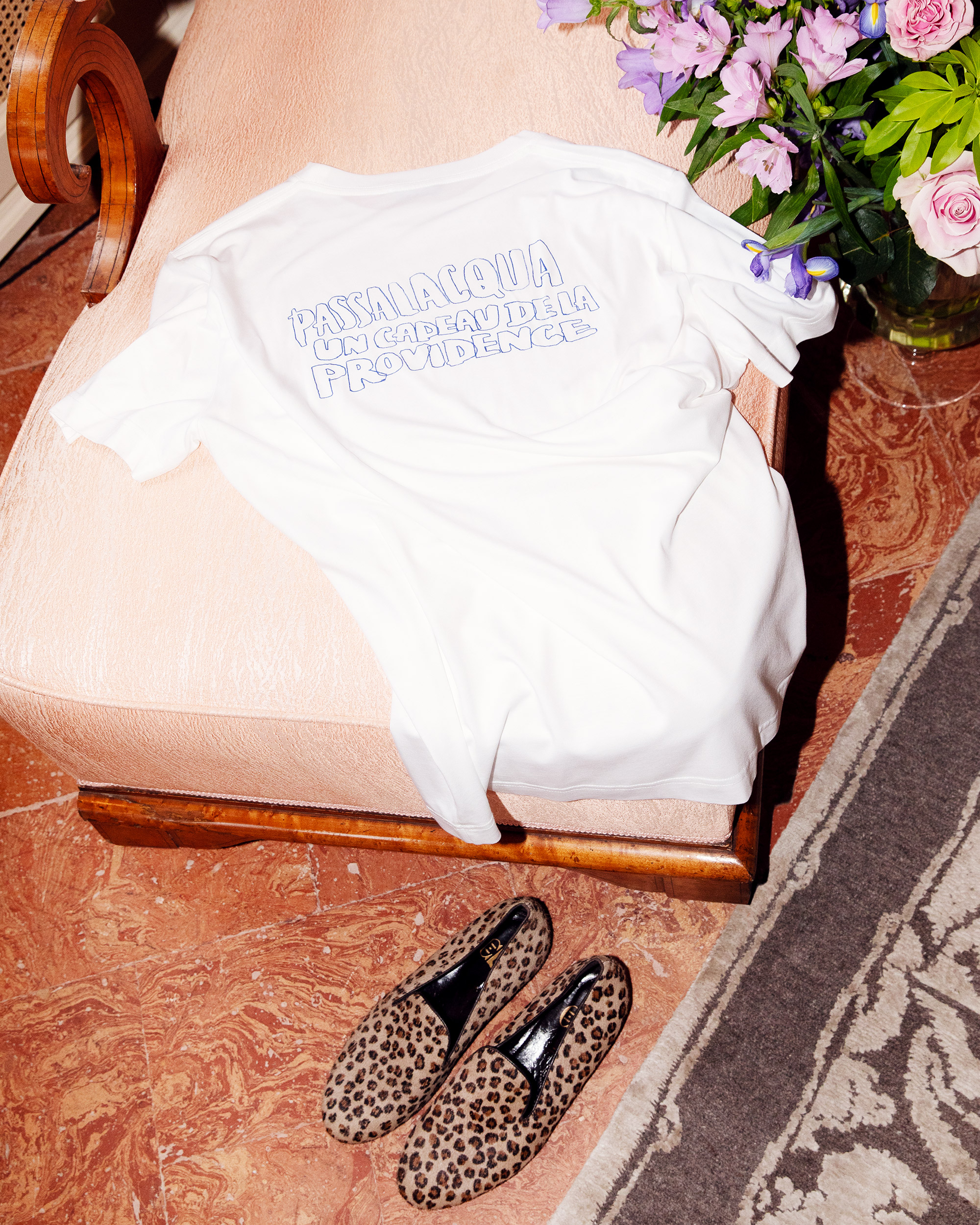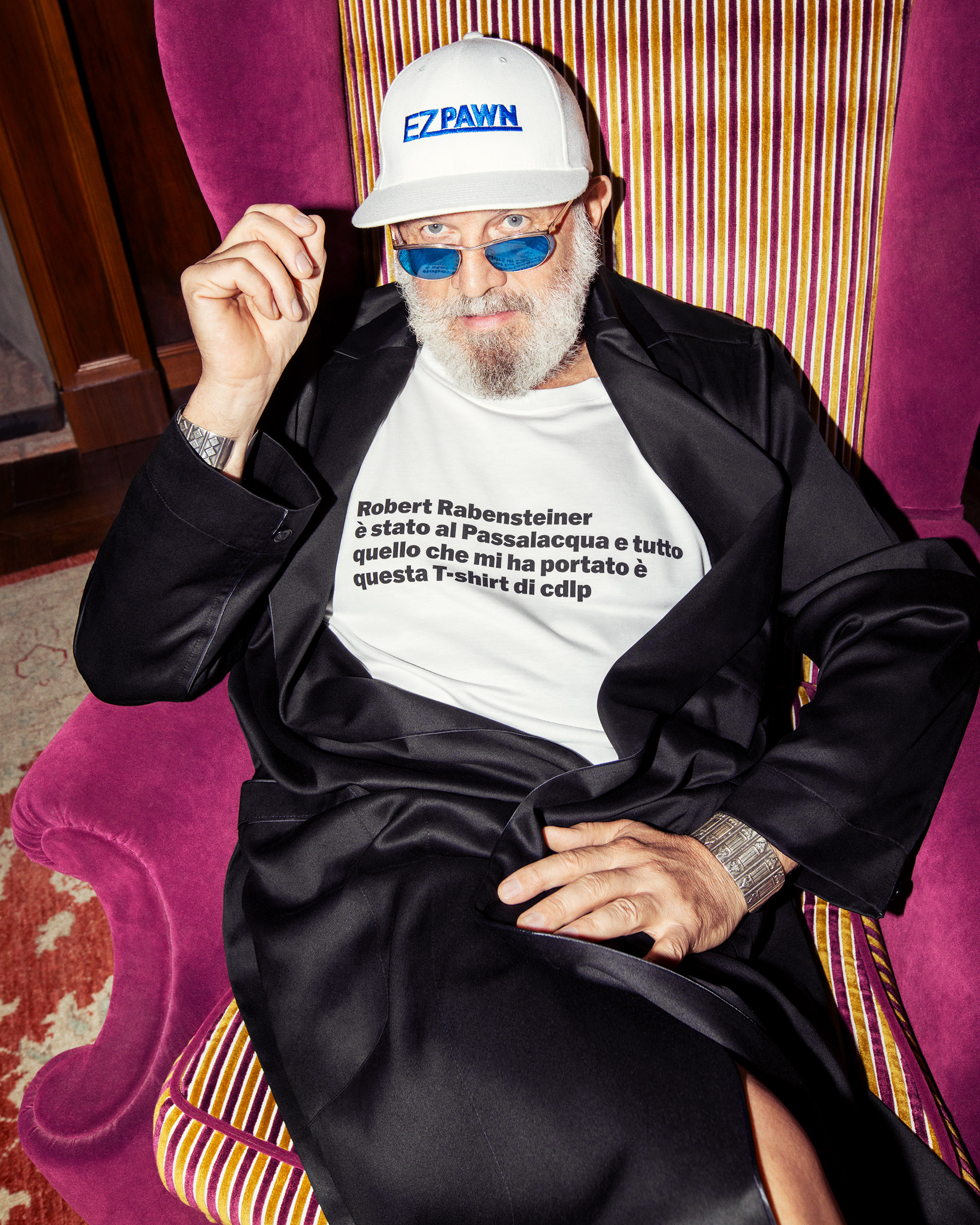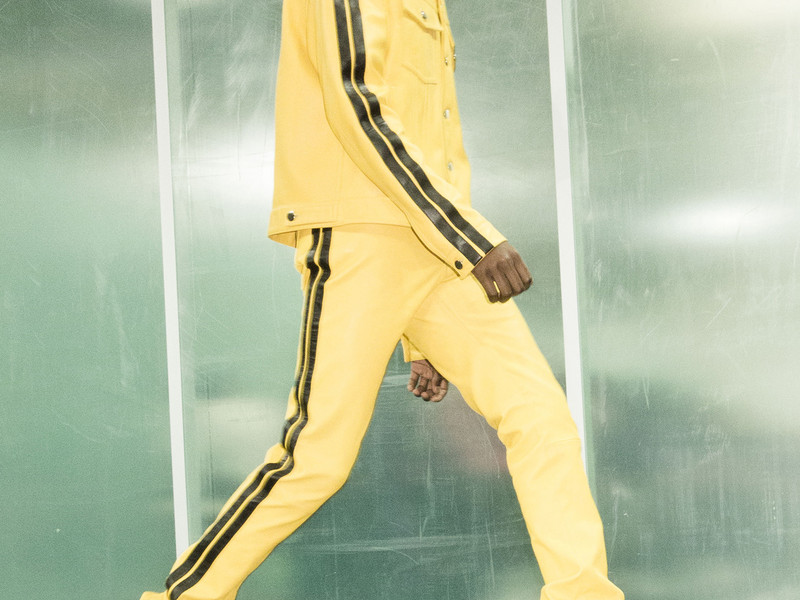Shinji Nakaba’s Ever-changing World
As the son of two dressmakers, Nakaba learned the importance of cultivating a craft and exploring beauty from an early age. In high school, he learned to sew, making himself pants and shirts, some of which he still dabbles in now, but didn’t feel entirely comfortable with the properties of cloth— the way fabric can grow and shrink, nor with the hustle and bustle of the fashion world. He turned instead to working with more finite minerals and metals, with which he could take his time to craft. He discovered quickly that the jewelry world was less so a world of status and symbols, and instead a creative realm of self-expression.
Developing an interest in antique jewelry and an understanding of the basics of traditional jewelry-making at a vocational school, he eventually went all-in on his artistic pursuits, selling his car to buy tools, and turning a corner of his room into a store. Deeply entrenched in the hippie and counterculture movements of his time, he officially began working as a jewelry artist in 1974. Now, Nakaba turns to the future. Drawing upon his lifelong studies and lived experience, his work opens a bridge across time and serves as a capsule of our current moment.
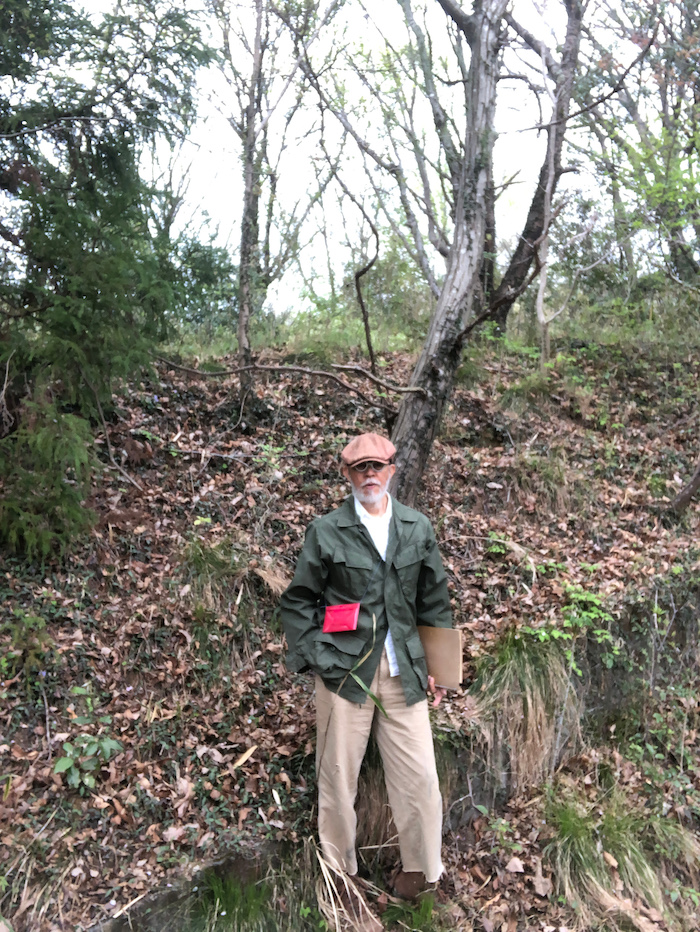
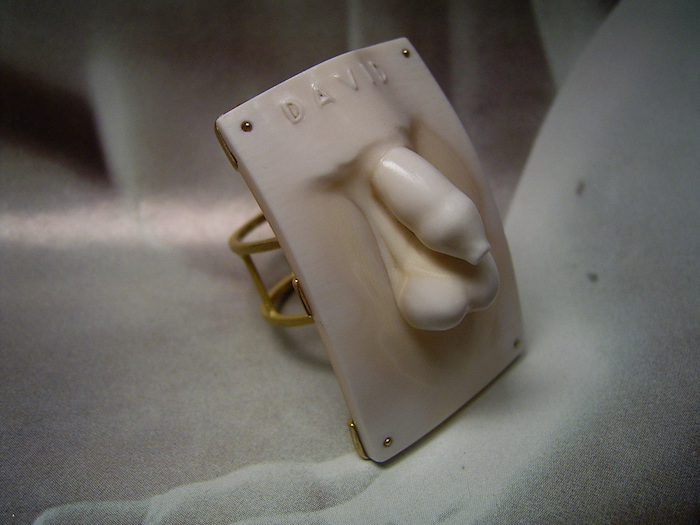
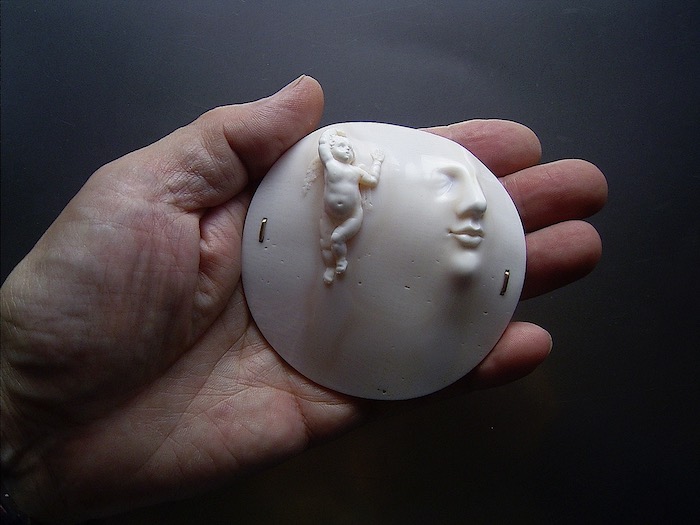
Your body of work is so vast, and yet so distinct. What narrative do you aim to build with each piece?
In the late 80s I was wondering how to act to establish my own style in the world of contemporary jewelry. I read a lot of books and experienced breathing, yoga and meditation, and the answer at that time was "animals and plants continue to produce works without thinking about making good seeds.”
I didn't think too much about making only particularly good works, and although I don't know the deep meaning, I started making works with the ideas that came to my mind in the morning. Instead of criticizing the ideas that came to my mind, I tried to put them into shape.
It's been over 30 years since then, and when I look at my works, I think they're different, but I can feel a unique sense of unity, direction, and concept.
You reference historical, mythological, and religious imagery across cultures. How do you choose your subjects and what is their significance to you?
The purpose of my expression is to obfuscate all boundaries— for myself, men and women, past and present, heaven and hell, life and death, good and evil, beauty and ugliness, fresh and realistic works. I thought there should be two extremes in one work in a hybrid state.
Technically, it seems ridiculous to carve abandoned plastic into a cameo brooch while learning to carve ancient gems. However, although it may seem like a stupid act, I think it is a very valuable. I’m attracted to this area and continue to make jewelry. I am also surprised and impressed by the fact that I hold exhibitions six times a year to keep up my standard of living and sell our works. I sometimes think, "If Mr. Nakaba was born in a dynasty in the past, it would be a shame that he was born in the present age, even though he was happy to be given a good job by the King." But I think this is a good age to be able to make and live my favorite works, thanks to the internet!
Tell me more a bit about the symbolism you use. Some pieces seem quite obvious, drawing from cultural iconography, while others seem extremely personal.
When I first discovered symbolism, it was quite a shock to me to find such a poetic and insightful painting in a figurative form, which gave me a sense of both purity and decadence, and I began to research the possibility of borrowing this style and applying it to modern art. The fact that I use mythological motifs and narrative forms in my jewelry is probably due to my unconscious mind, through which what I hate, and don’t intend to create may actually be what I want.
I have always been in love with the ancient sculptures and antique jewelry displayed in museums, but I have never been 100% immersed in them. I'm not interested in recreating the past as it was, I'm only satisfied with the work of an artist who lives in the 21st century. I know this is completely contradictory to what I said earlier, that I create my work on a moment's notice without any deep feeling, but it is my greatest hope, afterall, to contain two extremes of thought in a single artist.
What is the importance of beauty in your life? What role does it play in your work?
There is a saying, "When traveling in an ever-changing world, the only thing that matters is to radiate beauty.”
I get goosebumps when I read this sentence. I think this sentence is so important right now. I was able to walk through the misty mountains with beauty as my guide, beauty is what I need to survive, beauty is more of a survival kit for me than something to relax and appreciate.
When I say beauty, I mean fresh beauty. I believe that in beauty, we may find the epitome or blueprint of a society where human beings can be happy. It wasn't just something to look at and feel good about. I think it was Yoko Ono who said that art is a way of survival. Regardless of what she meant, for me, beauty is like a guide for humanity to survive. This is what I think when I look at contemporary art, but the horizon is expanding and people are starting to perceive things that were not considered beauty before as beauty. If we can find value in things and ideas that were previously thought to have no value, and if many people share a new civilization and sense of values, we may be able to break down the huge walls that people are running into, and new horizons will open up!
I've often been moved by works of art. However, I believe that true inspiration comes when a society or an economic system is facing a wall and is blocked in all directions, and you get a hint that there is another step waiting for you on the other side, and you break through the wall. It is the beauty that gives us the hint, the feeling that "this is how humans and the earth can continue to live. I think it is the sense of beauty that makes us intuitively feel this. That's what I meant when I said it was a guide to survival. I think beauty is the most necessary thing to overcome various obstacles such as the economy, the division of humanity, and to better coexist with the earth.

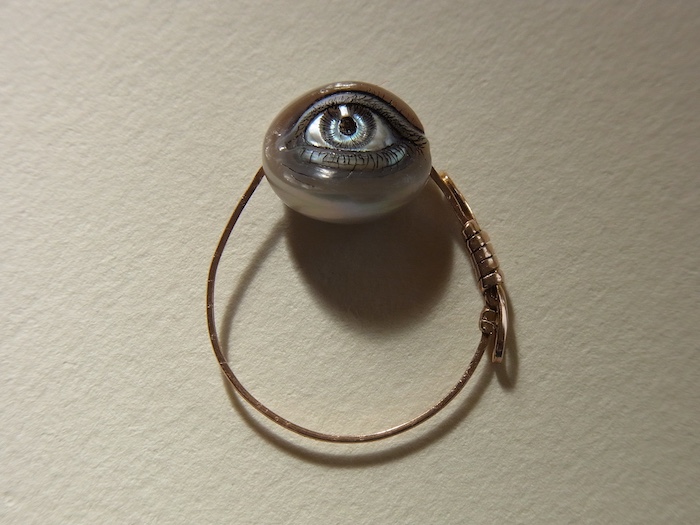
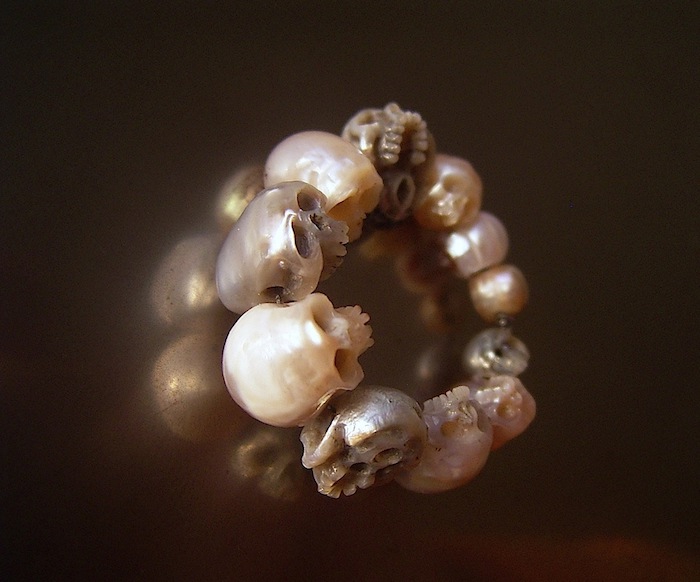
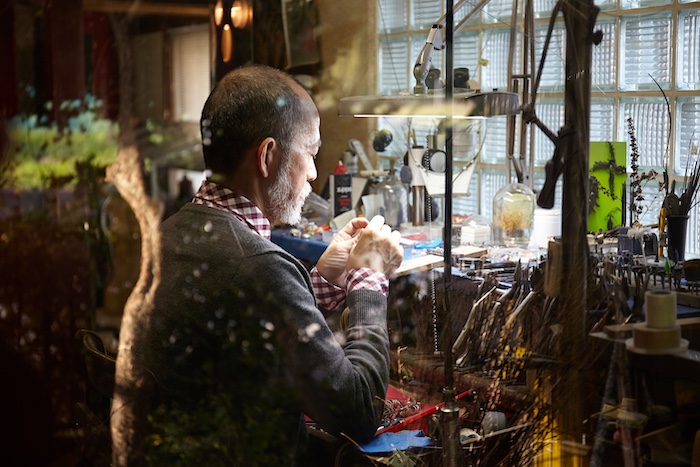
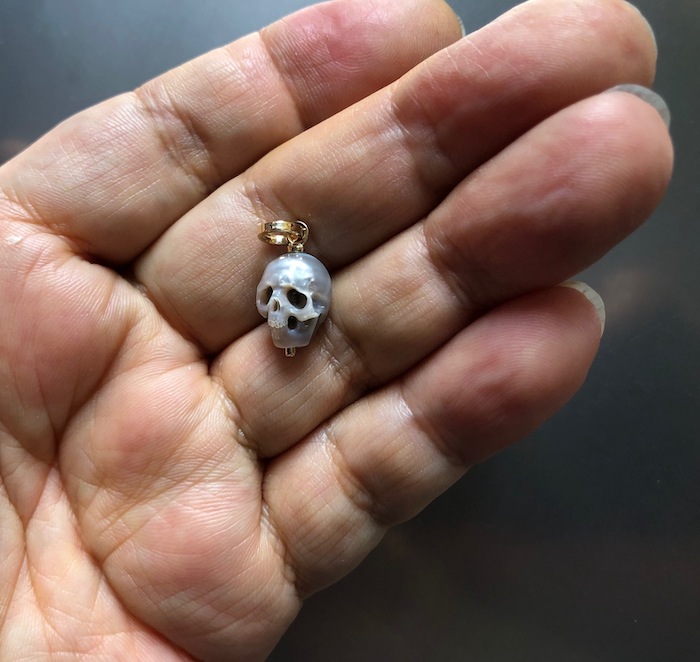
What would a world without walls look like to you?
The big barrier is simply that the capitalist economy has stopped working. The big barrier is that the capitalist economy simply doesn't work anymore, and causes more bad things than good. To me, breaking down barriers means creating or inventing a new economic system. A society or country that is divided or discriminated against will eventually decline or fall, because a society that does not have equal opportunities will not be able to produce the innovative systems and products that many people want, or, what I call fresh beauty.
My definition of beauty has two aspects: one is the sensory aspect of beauty that we see with our eyes, and the other is the concept of beauty or aesthetics, and what I mean by "fresh beauty" are those works of art that give us a sense of beauty that we have never seen before, or contain a new concept of beauty and a new order, which can be analyzed and applied to other fields to create crafts, lifestyles and industries with new values. For example
During the Muromachi period which was from 1336 to 1573 in Japan, a man revolutionized the world of tea, by incorporating the concepts of "Zen" and "wabi-sabi" into the tea ceremony, he created a new lifestyle of total art. His concept of beauty was to not seek perfection, but to find beauty in the slightest lack, in imperfect beauty, like connecting a great horse to a straw barn.
This is the very essence of wabicha. A metaphysical interpretation of this aesthetic would be to create a beauty that is out of balance by adding coarse items to a masterpiece, and to appreciate the aftermath. My main interest now is finding ways to modernize the beauty of the past and connect it to the future, and how to spread the values of the new age and coexistence with nature through jewelry.
You use elements of the natural world and human anatomy often in your work. What is the relationship between the two for you?
Yes, it's simply interesting, the human body is the universe, where my consciousness is riding on it, and there's nothing more interesting than a journey inside the body. That feeling grew when I started doing breathing exercises and meditation a long time ago.
Nature is my teacher, my museum, and it is very important to me that I get a lot of inspiration when I am in it, and I have endless ideas sometimes, but I think nature and my body are in harmony.
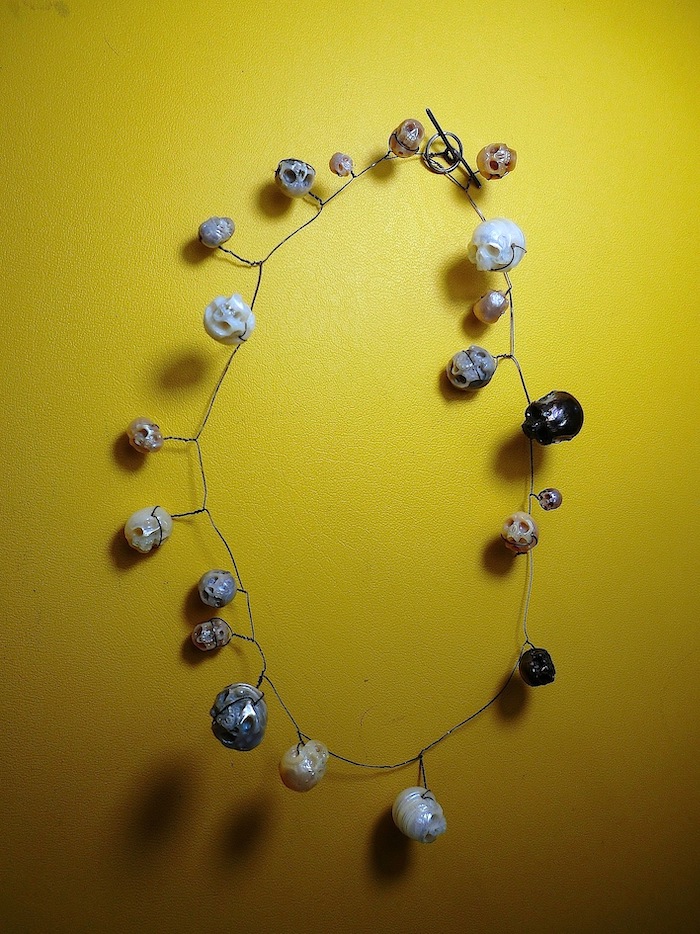
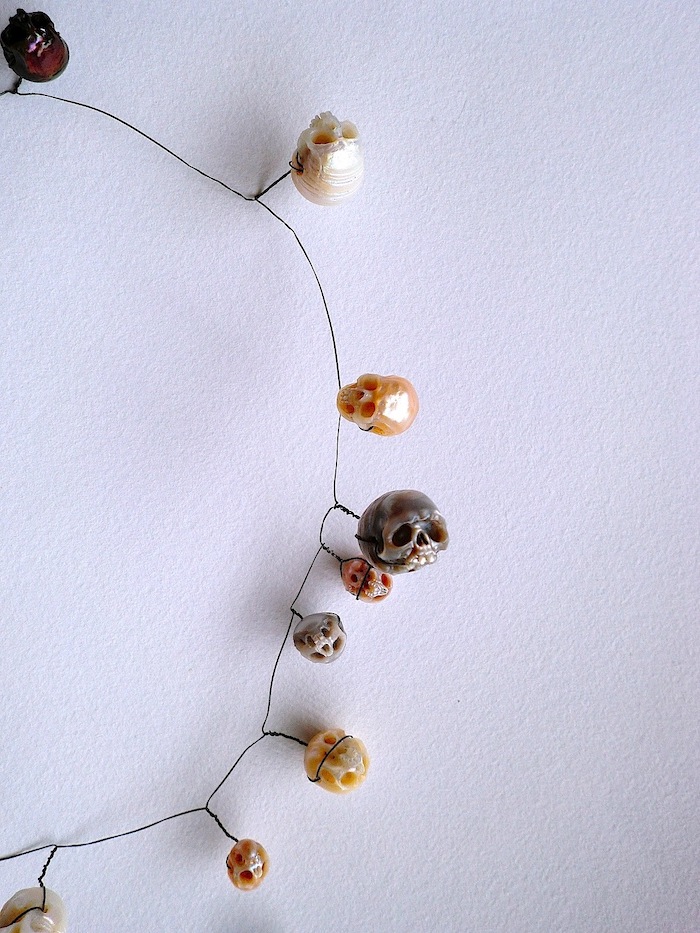
Okay, let’s talk body, particularly, skulls— your pearl-carved skull rings, necklaces, etc. are iconic within your ouvre. What is their significance to you?
I wanted to break the traditional idea of jewelry making. I did not want to be restricted by rules and traditions, which restricts creativity. By becoming an expert on traditional jewelry making, I wanted to utilize that skill to create something that is unconventional. For example, traditionally it is never ideal to carve pearls because it would ruin its integrity. I always thought pearls looked unnatural when polished to make them look smoother, to fix scars or scratches. Or when I tried to carve cultured pearls, the core would always emerge, and I ruined the pearls by peeling off the nacre. Even with knowing all these challenges, I’ve always had devilish thoughts of carving pearls in the back of my mind. Around 2010, I had some pearls that I got at an antique show that did not have a core, so I started carving as much as I wanted, and the result was absolutely stunning. I was so shocked by its beauty; however, I was not sure if this could be sellable or even durable to wear, so I asked my friend to wear it for a year. After one year, the skull looked even more interesting with a weathered surface. Also, it did not break, so I thought it might be possible to sell these! I’ve experimented with different types of materials to carve out skulls
I have also carved skulls in crystal, ivory, coral, and precious stones, but carved pearls are by far the most attractive and most beautiful. I am captivated by the unknown potential of pearls. I feel only pearls can make my idea of ephemeral beauty into reality. I also found the contradiction of an innocent pearl turning into a dark object to be even more fascinating. I'm beginning to think that pearls may have been born to be skulls, and I call the pearl skull, with its mysterious beauty, a fairy skull. I think innovation is the offspring of "outlaw" and "curiosity".
Your work seems to communicate that you find beauty in death— is that true?
I've been very interested in death and death-related things since I was a kid, and maybe the same, but in time we grow up, death becomes a horror, and we want to keep it as far away as possible. I think that making death a part of daily life leads to a better life. As I said several times, it is the artist's mission to eliminate, or blur, the line between life and death, and coming from a heart without division or discrimination, I think that’s how fresh and new innovations will be born. I think that is what is necessary for people, nature, and the earth to coexist.
So what do you believe happens after someone dies?
I have experienced a lot of crises in my life. The fact that I have been able to overcome several crises is due to luck, or mental action, or maybe there is "something", an unknown mechanism at work. I hope to get the answer one day.
I do not believe in an afterlife or reincarnation, but if you think about it on a molecular level, energy and matter repeat themselves. I think it can be said that we are reborn. I believe that when I die, I will turn into carbon, become part of the earth, and become the place where I was born. Until that day, I hope I can continue to make the inspiration that comes to my mind a reality.
